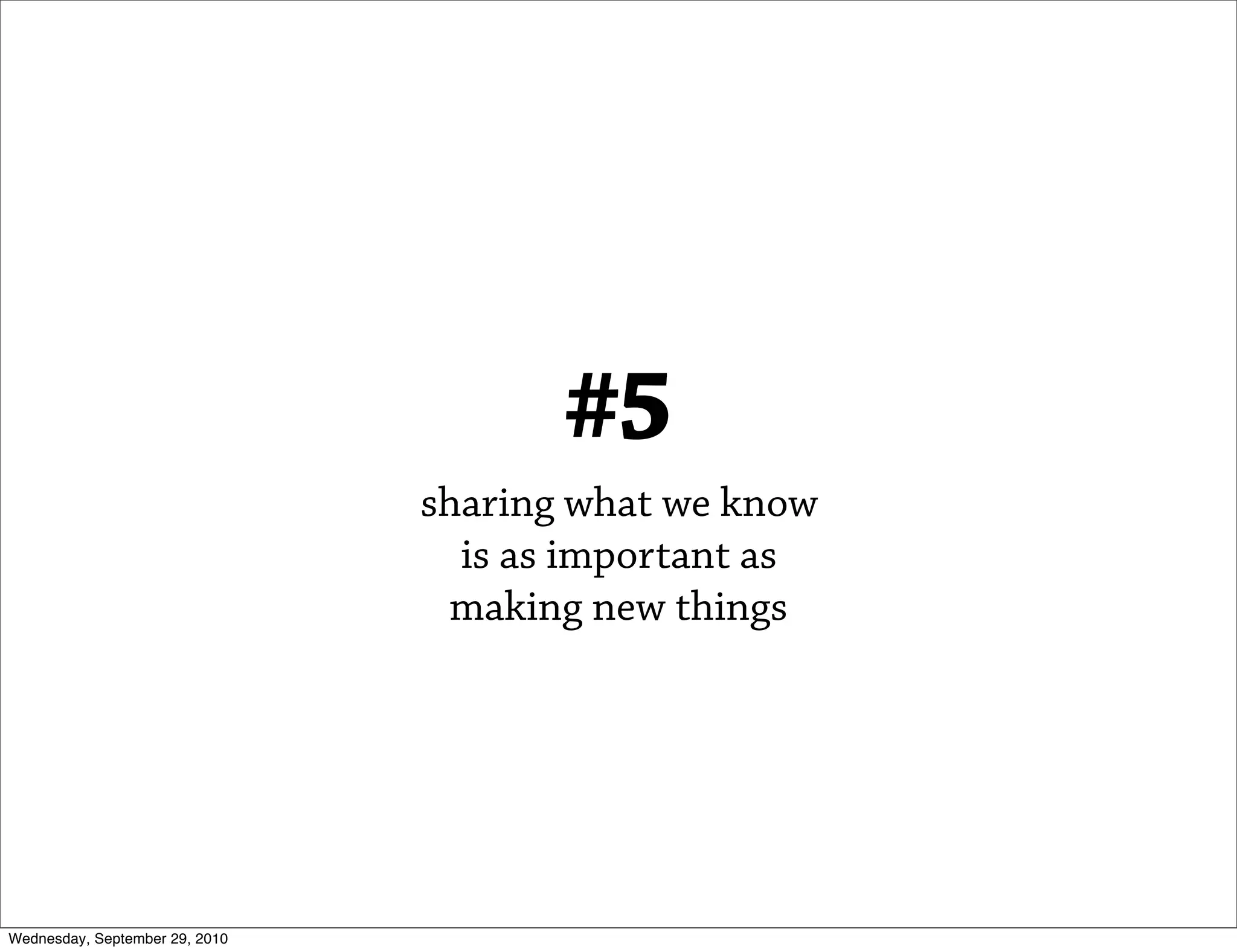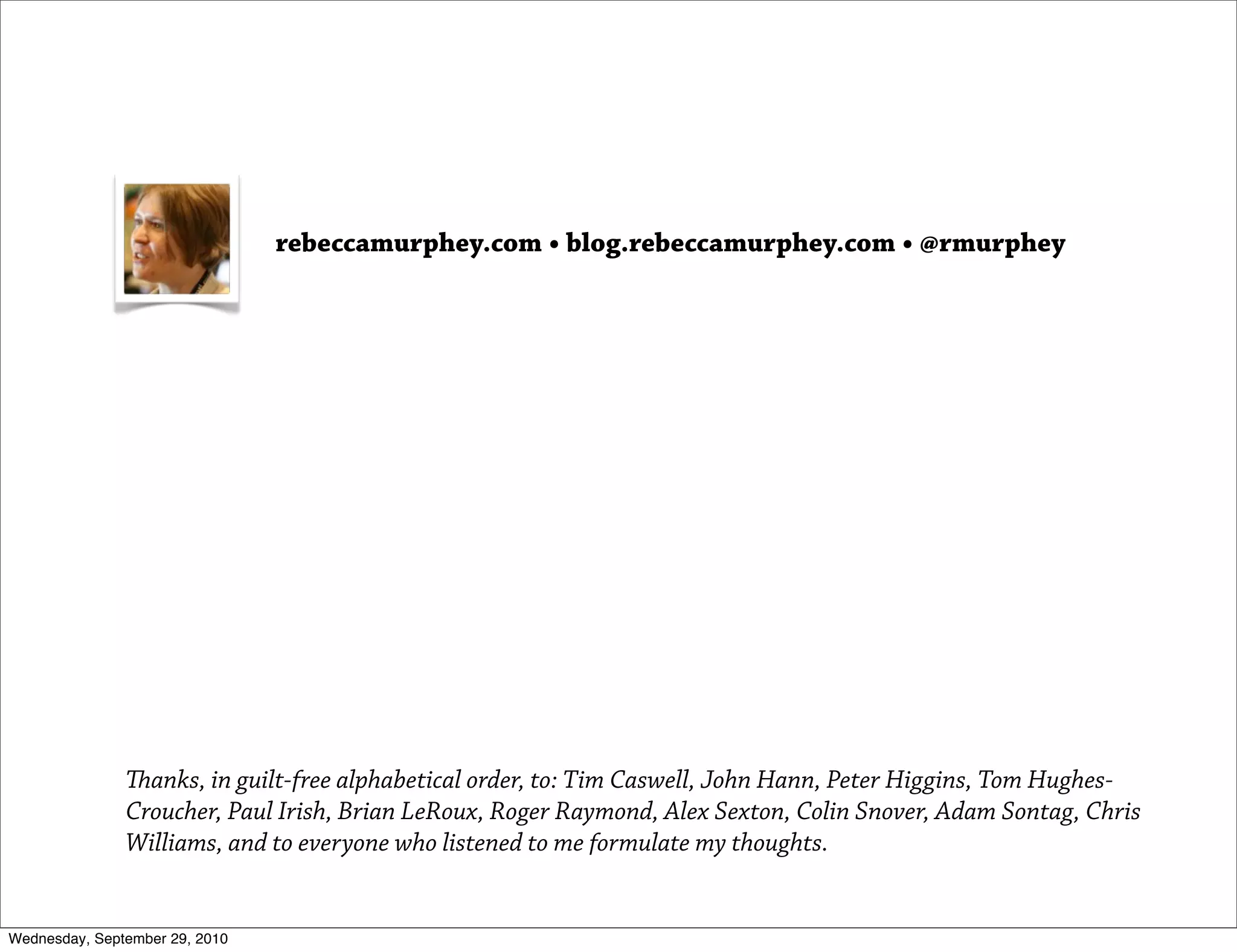Rebecca Murphey's presentation discusses the challenges posed by jQuery's popularity, which can lead to poor coding practices among inexperienced developers who rely on its ease of use without fully understanding JavaScript. The presentation emphasizes the need for better organization in jQuery applications and calls for the community to educate developers to create maintainable and effective code. Key points include choosing the right tools, understanding project requirements, and the importance of sharing knowledge within the developer community.
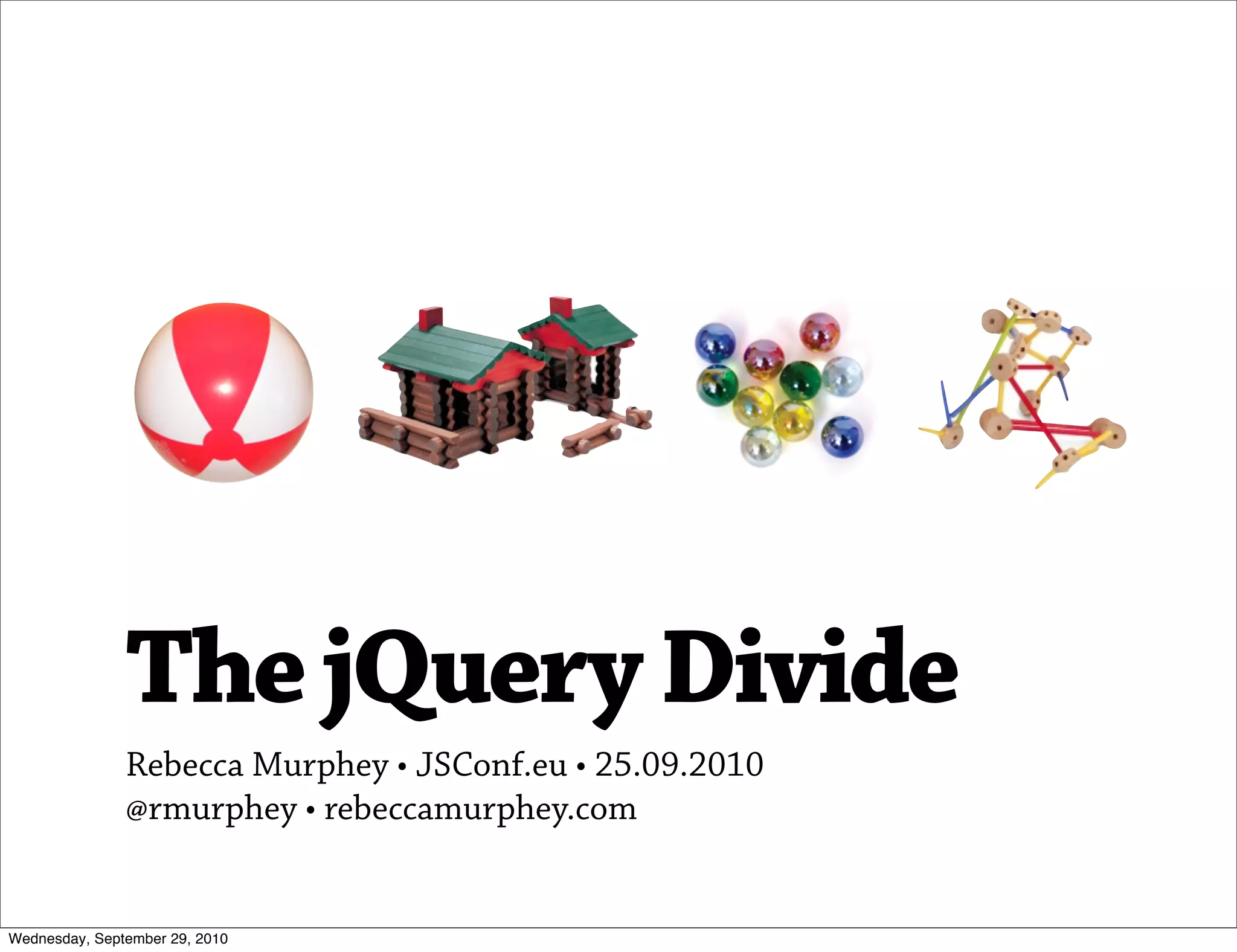
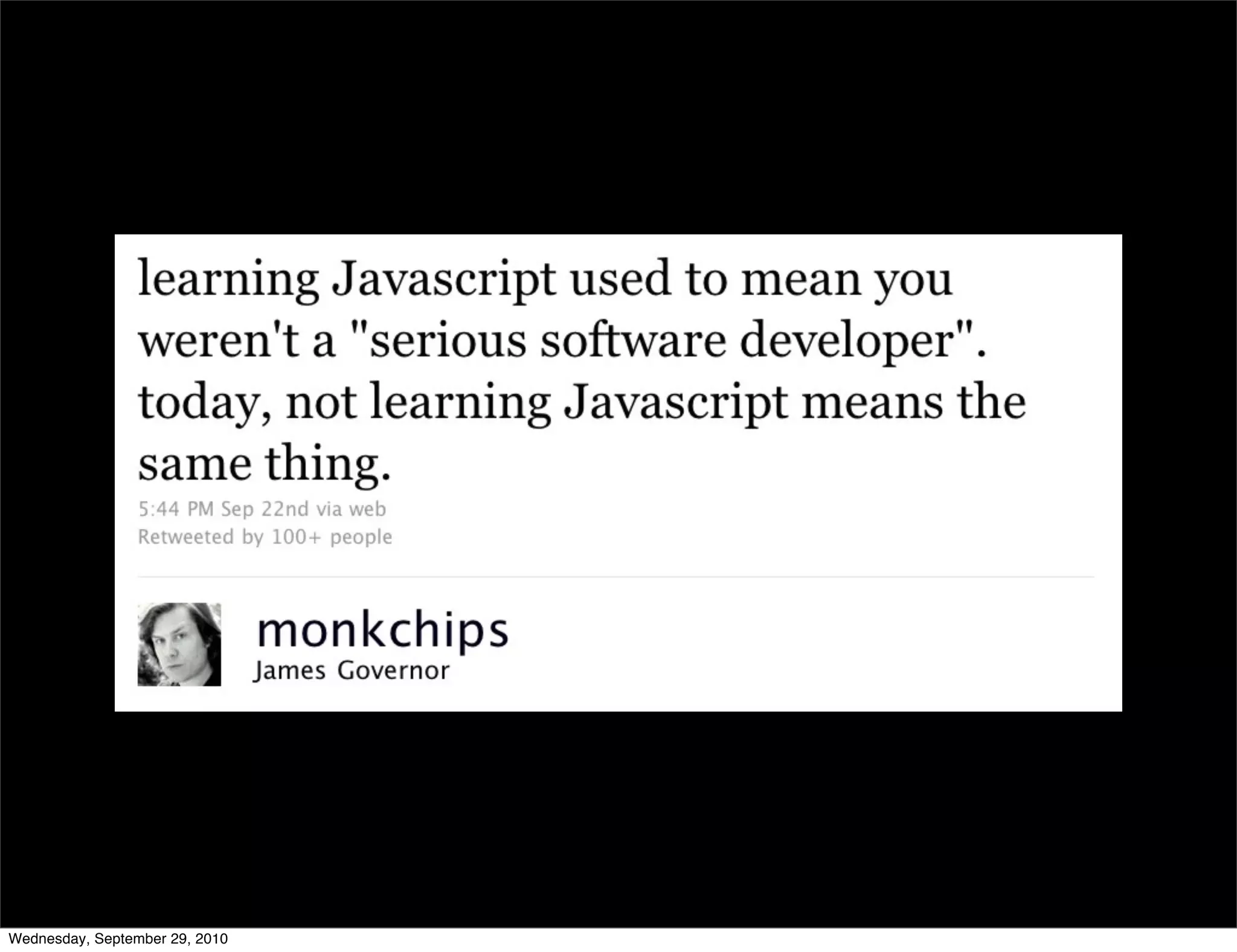
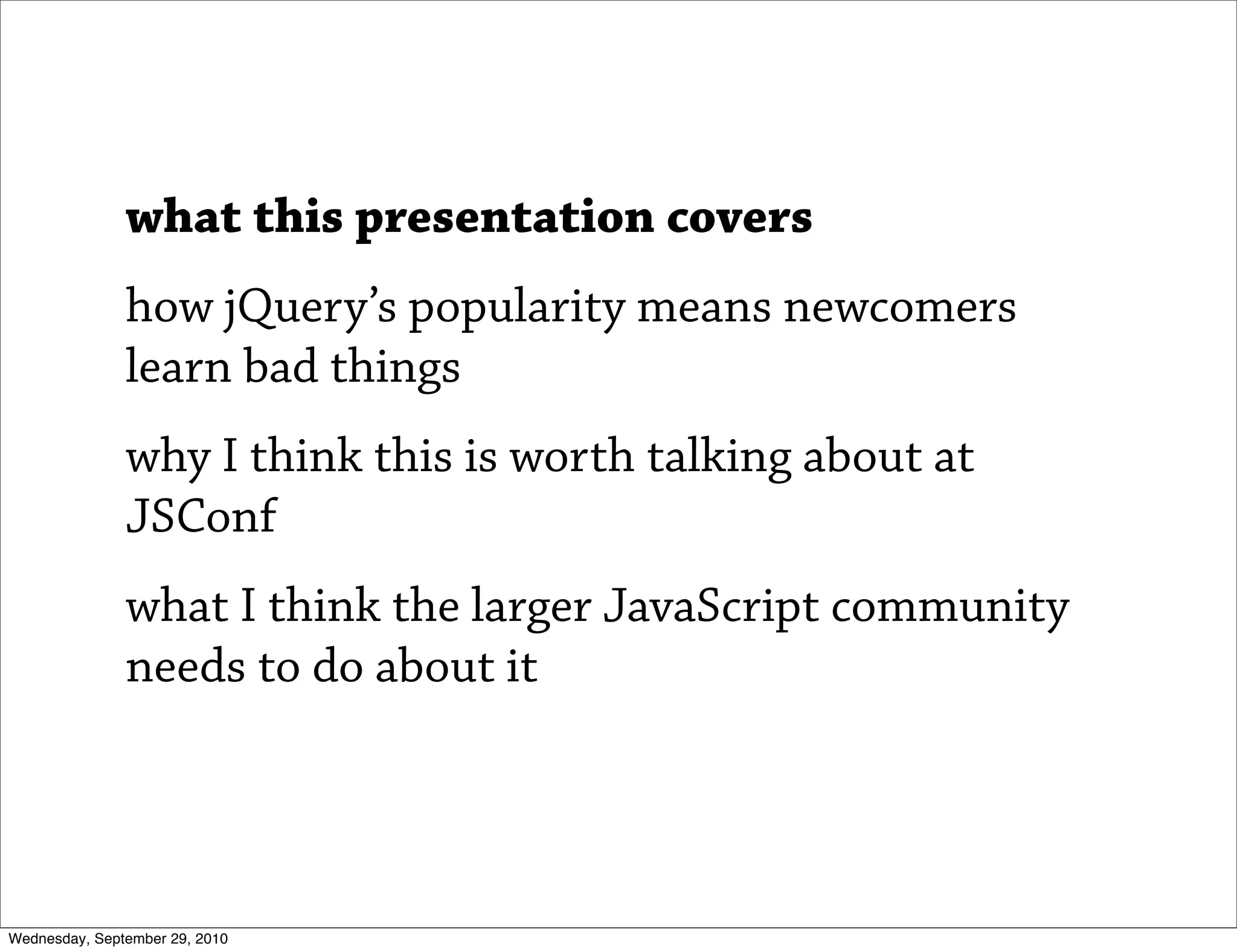
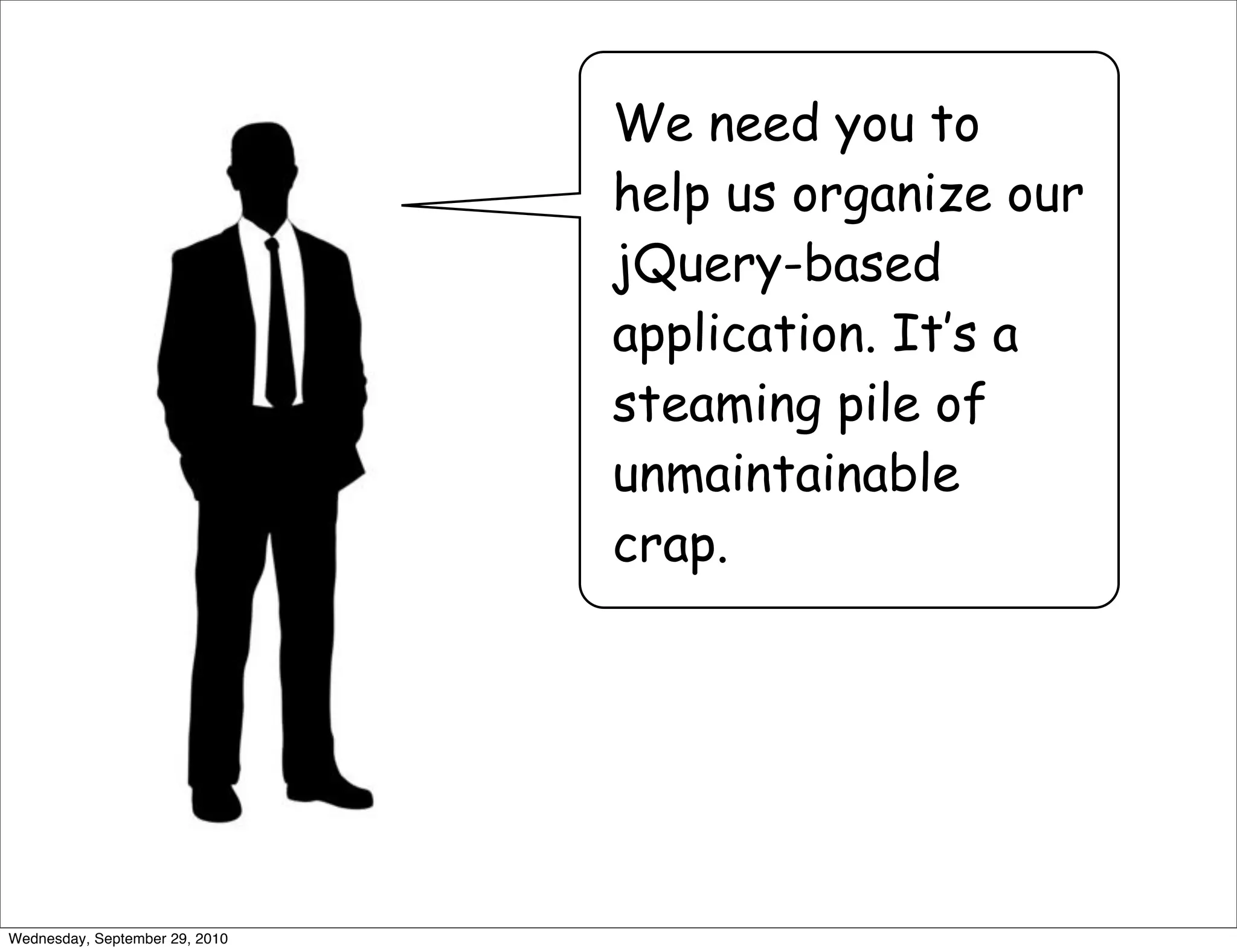
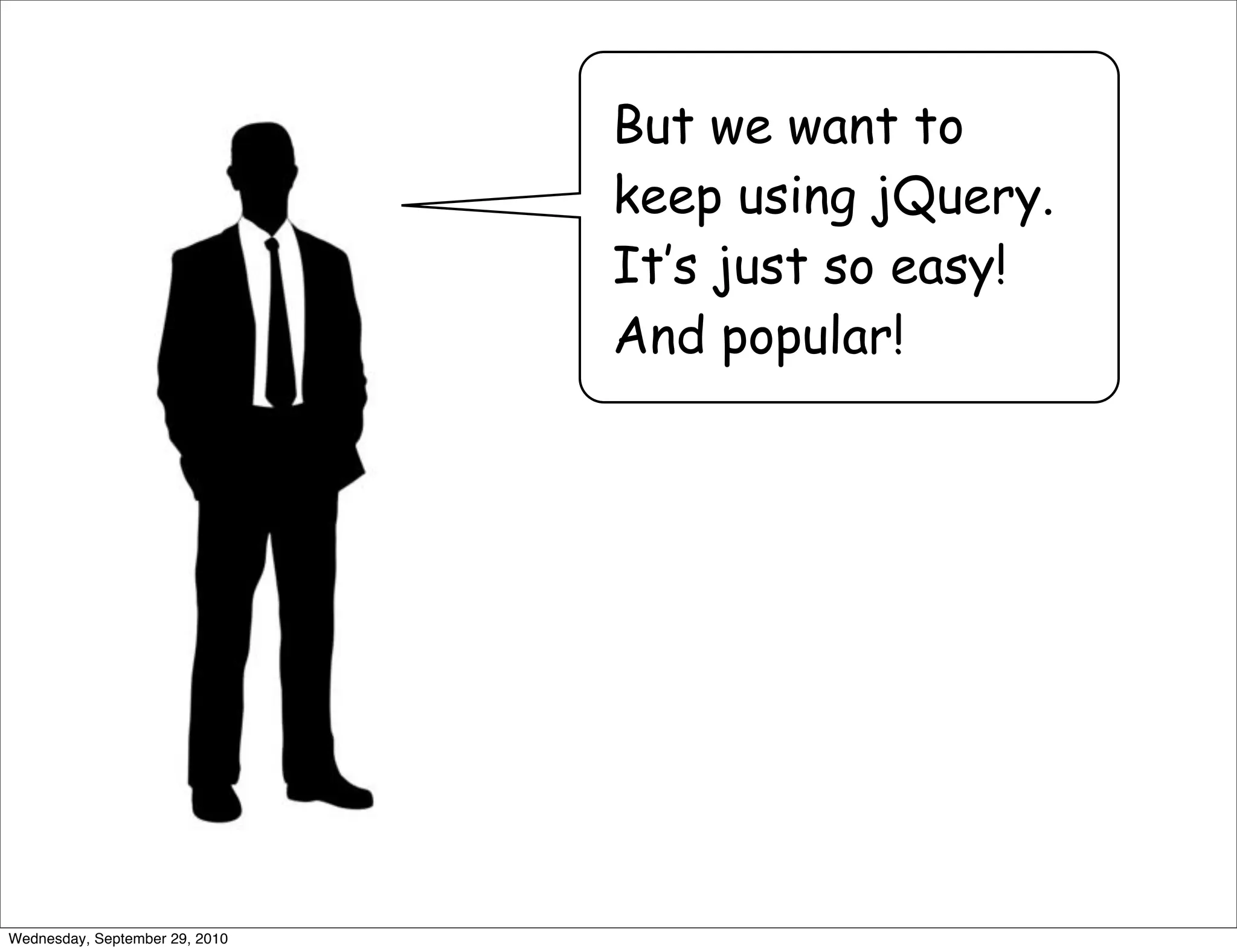
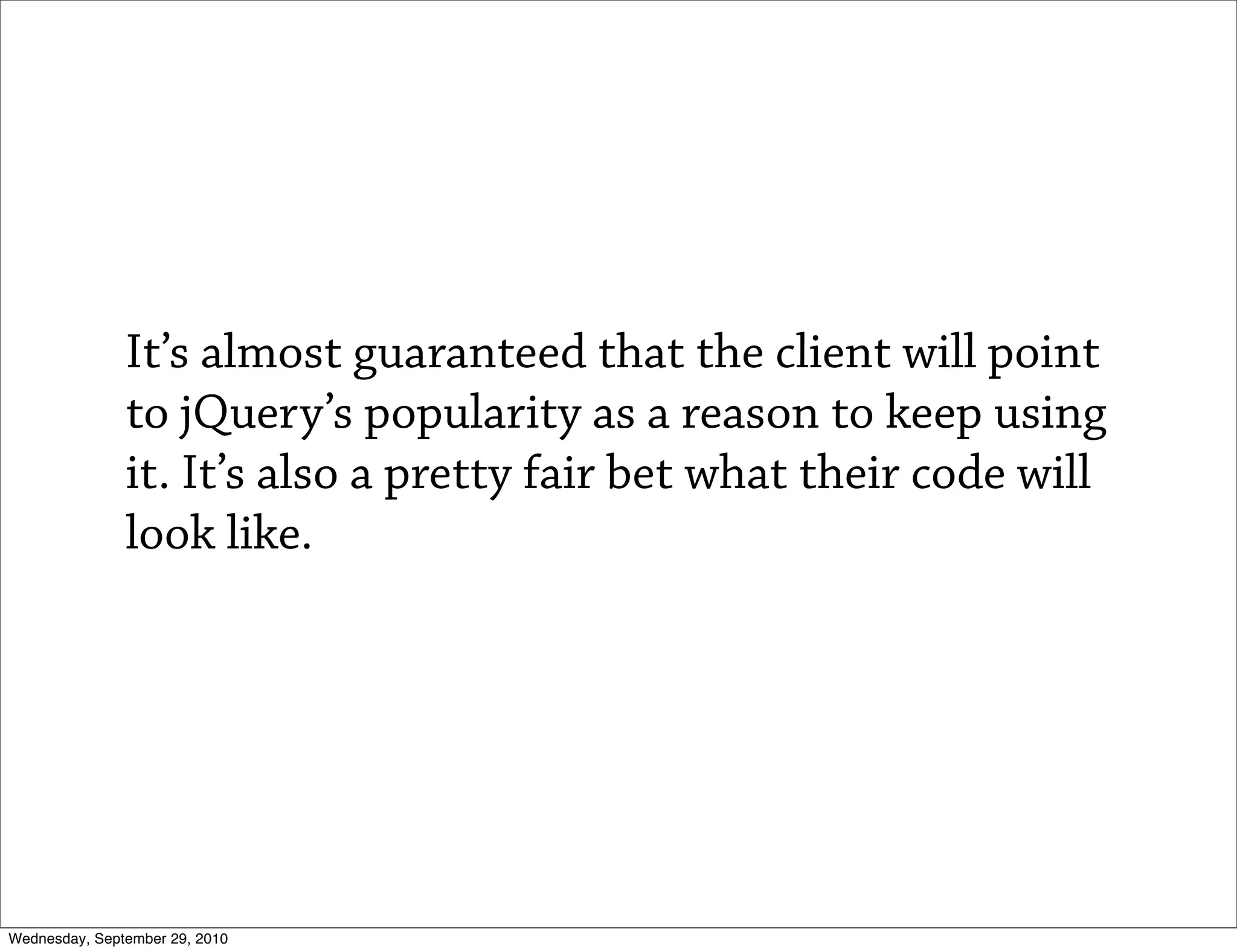
![var toggleHistItems = function (selTabId) {
console.log('Selected Tab ID: ' + selTabId);
var curEl = $('#' + selTabId);
var bSLTabSelected = $('#slhis').is('[class=left selected]');
$('#divNoRecordMsg').hide();
switch (selTabId) {
case 'slhis':
$('tr[class^=fk]').show();
$('.cPriceRent').html('Foo/Bar');
rentalRateIsVisible(true);
$('#historySortButton').show();
//curEl.addClass('left');
if ($('#historySort1').is(':visible')) {
if ($('#fooLeaseHistory > tbody > tr[class^=fk]').length === 0) {
if (!$('#divAction1').is(':visible') && !$('#divRSAction1').is(':visible')) {
$('#divNoRecordMsg').html('There is no history at this time').show();
}
$('#historySortButton').hide();
$('#fooLeaseHistory').slideUp();
}
else {
$('#fooLeaseHistory').slideDown();
}
} else {
if ($('#listingDisplay > tbody > tr[class^=fk]').length === 0) {
if (!$('#divAction1').is(':visible') && !$('#divRSAction1').is(':visible')) {
$('#divNoRecordMsg').html('There is no history at this time').show();
}
$('#historySortButton').hide();
$('#listingDisplay').slideUp();
}
else {
$('#listingDisplay').slideDown();
}
}
break;
case 'shis':
rentalRateIsVisible(false);
$('#historySortButton').show();
Wednesday, September 29, 2010](https://image.slidesharecdn.com/jquery-divide-100925213351-phpapp01/75/The-jQuery-Divide-7-2048.jpg)
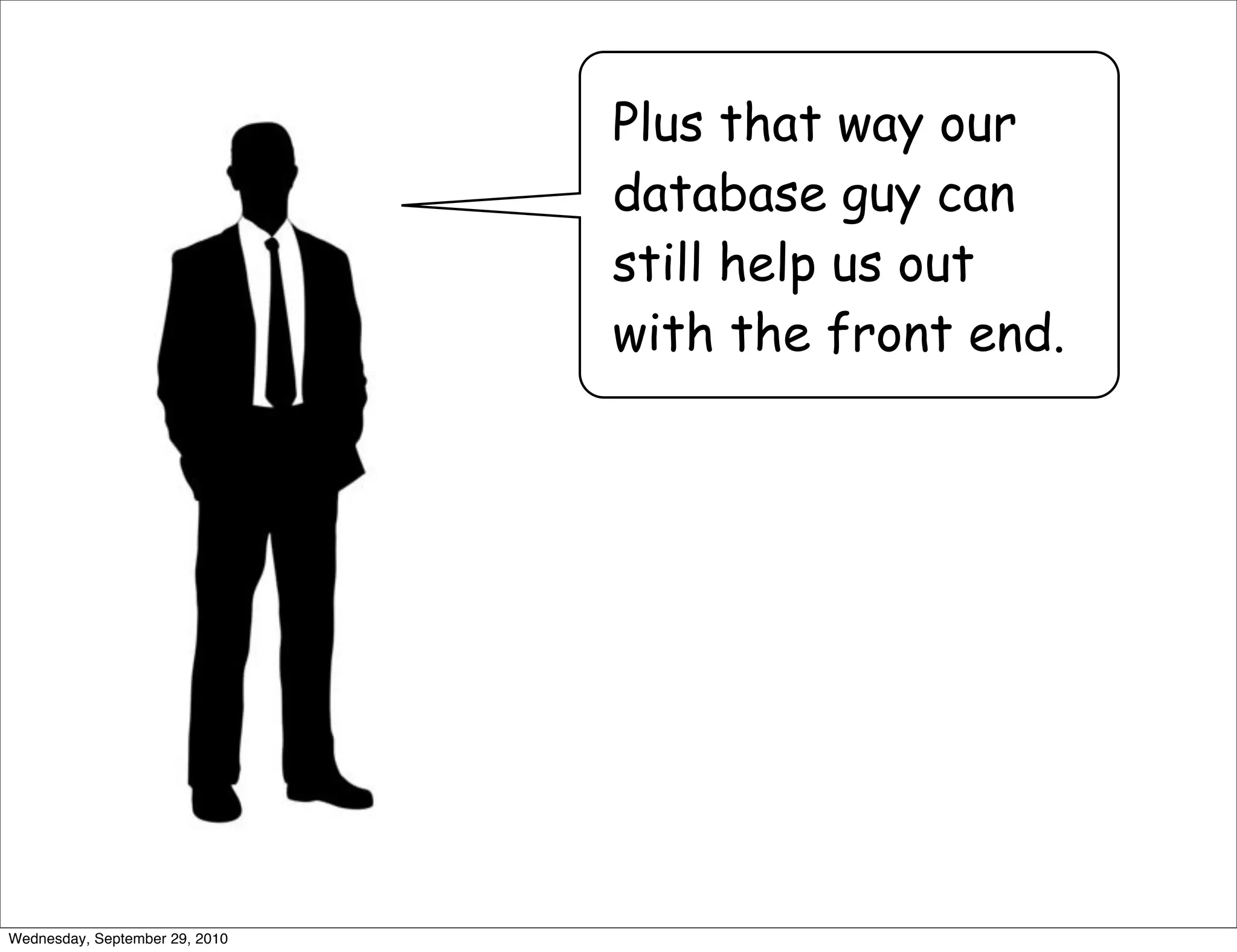

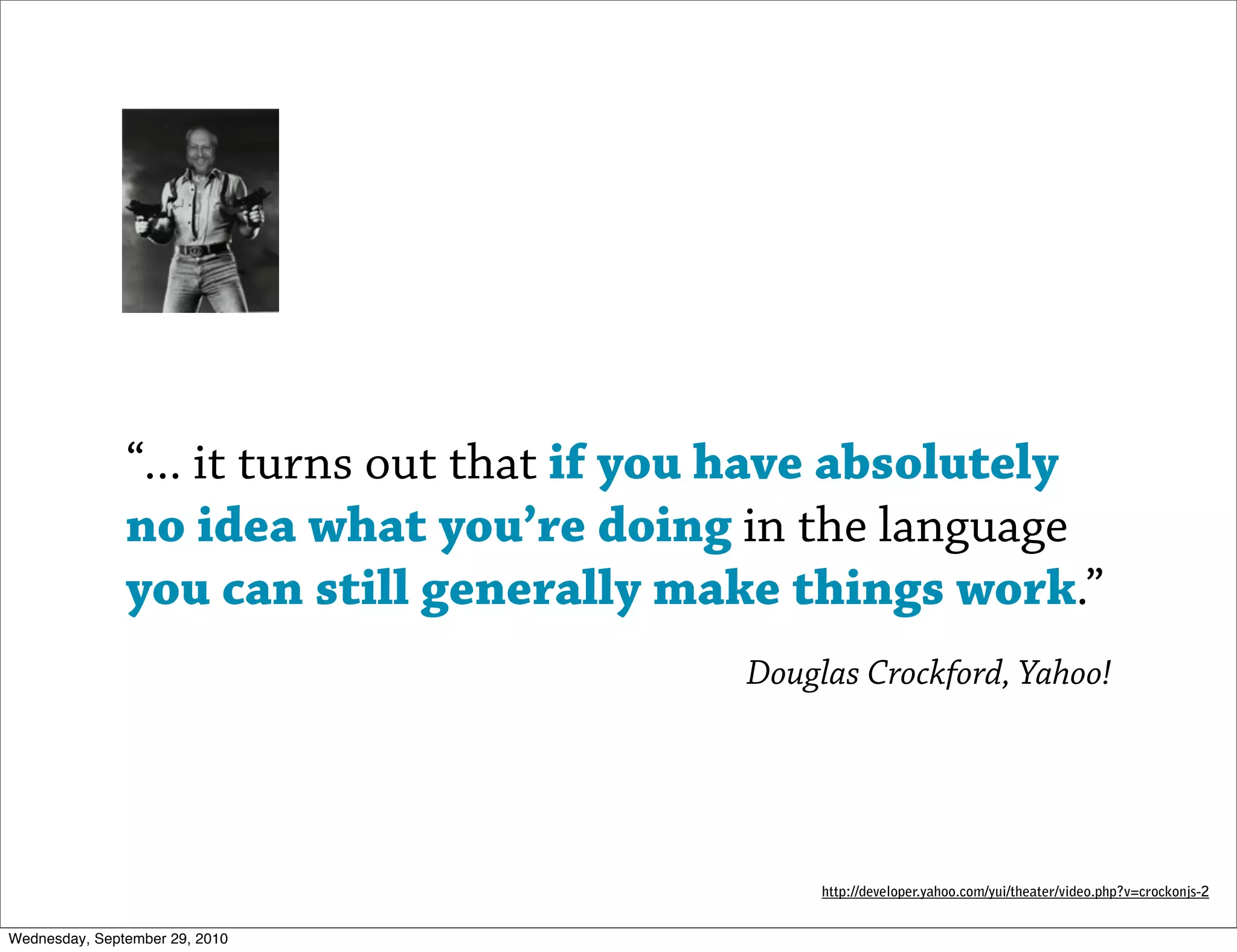
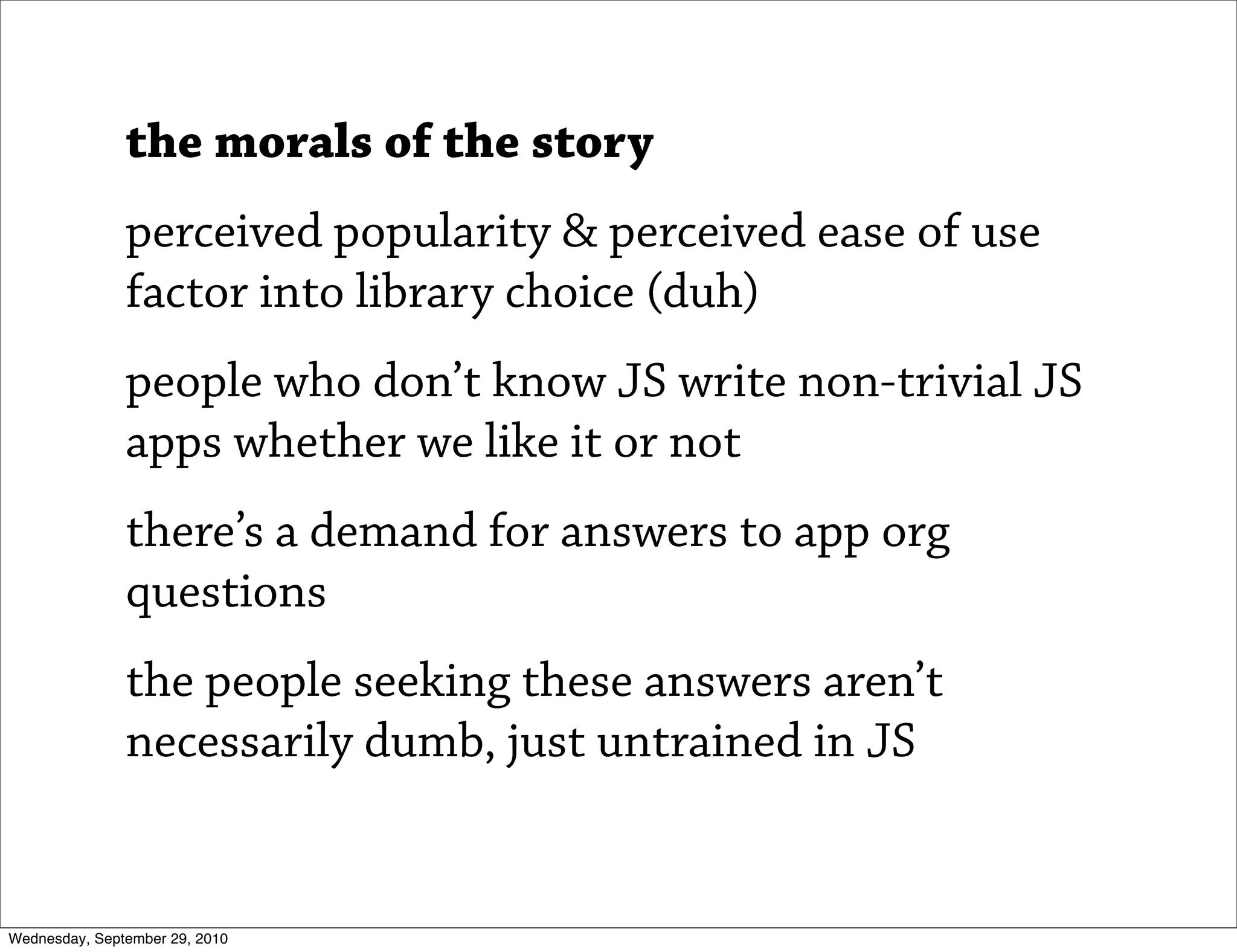
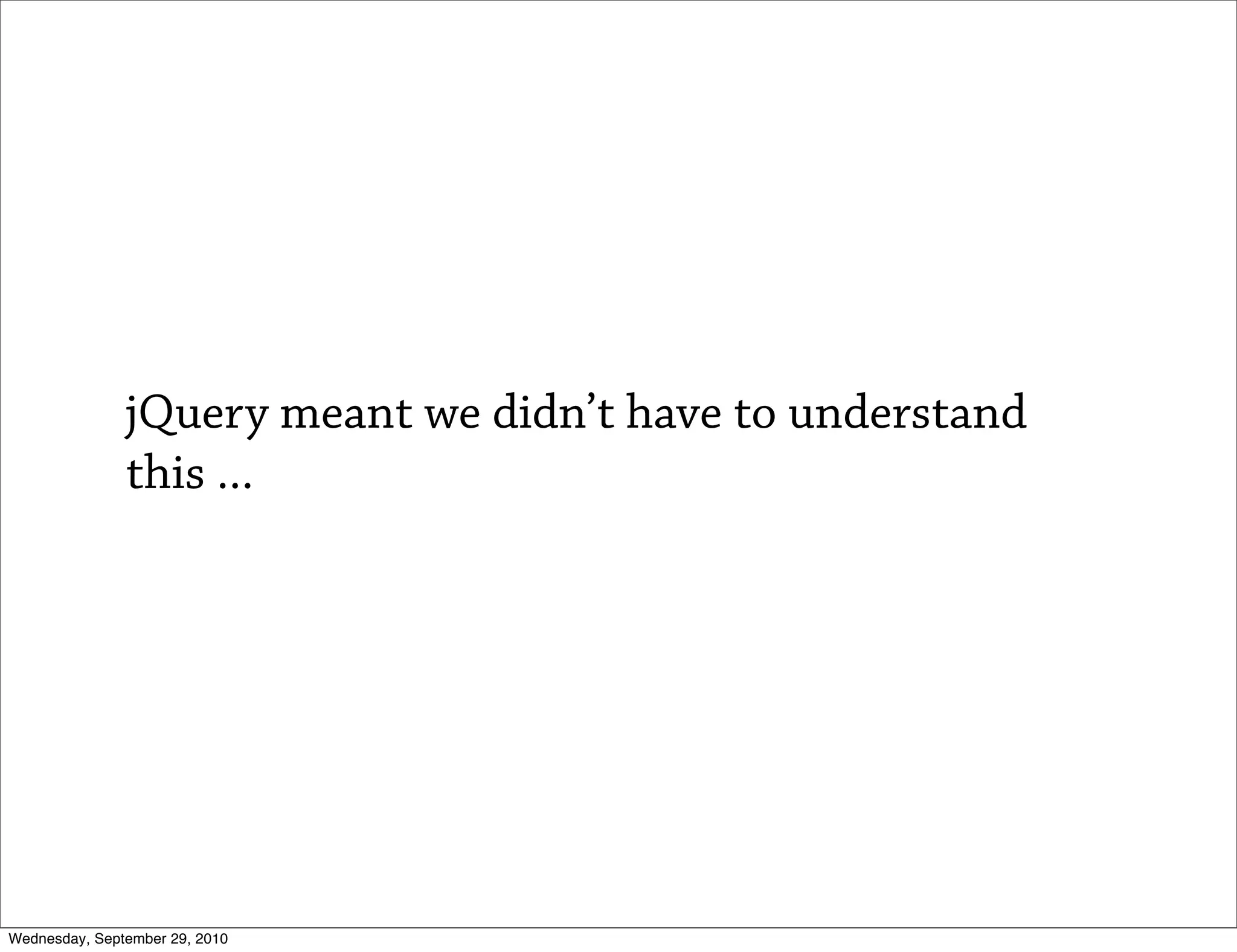
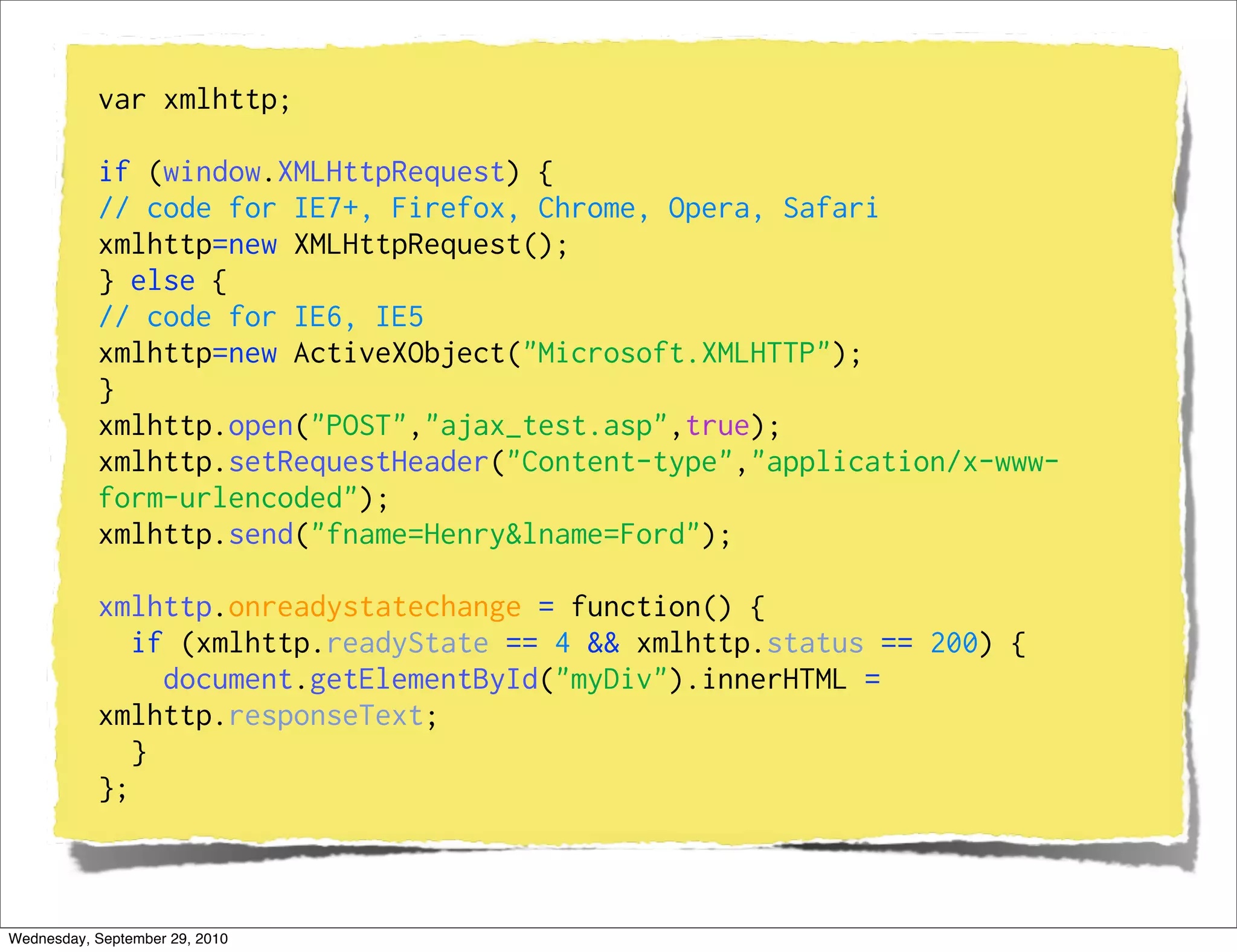

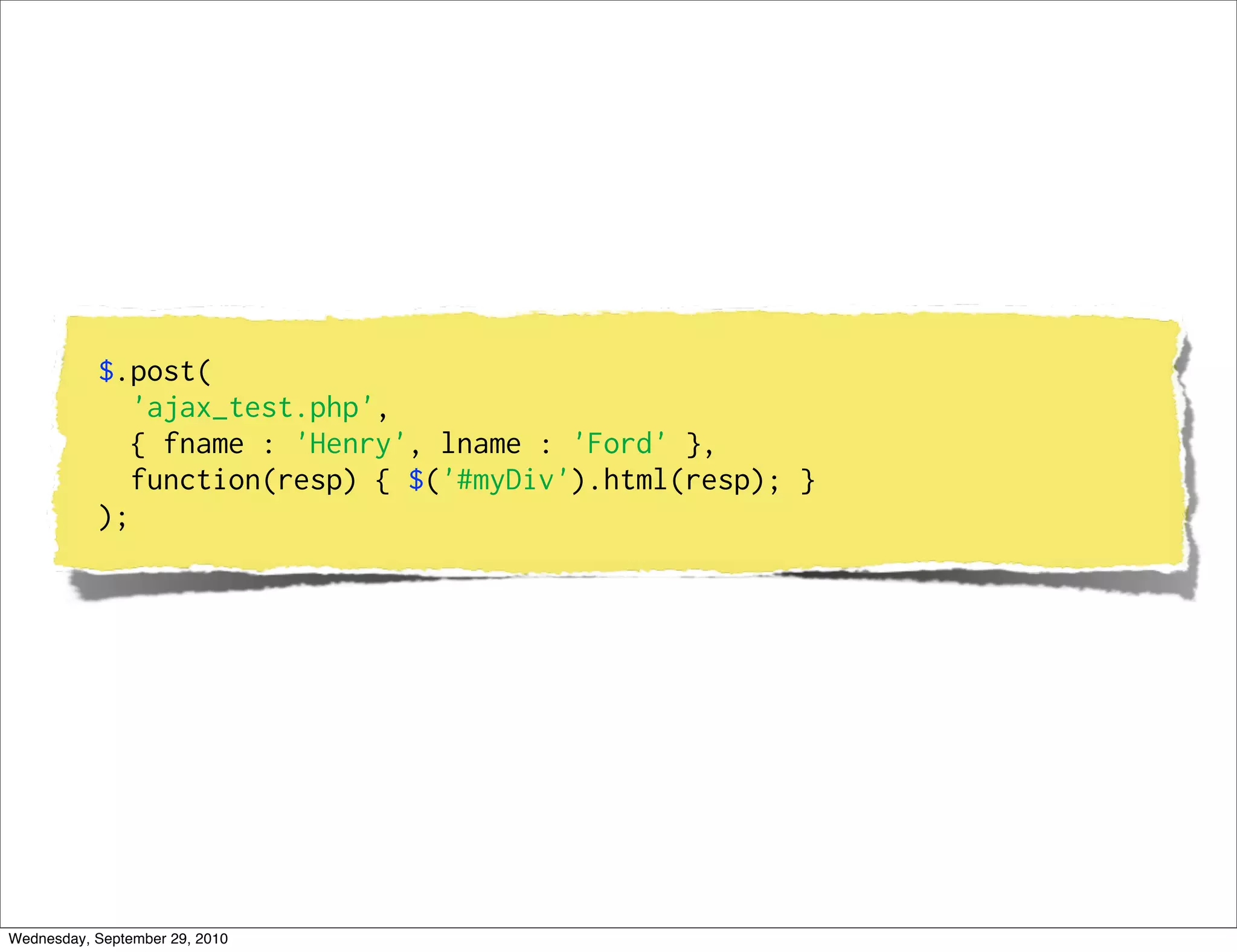
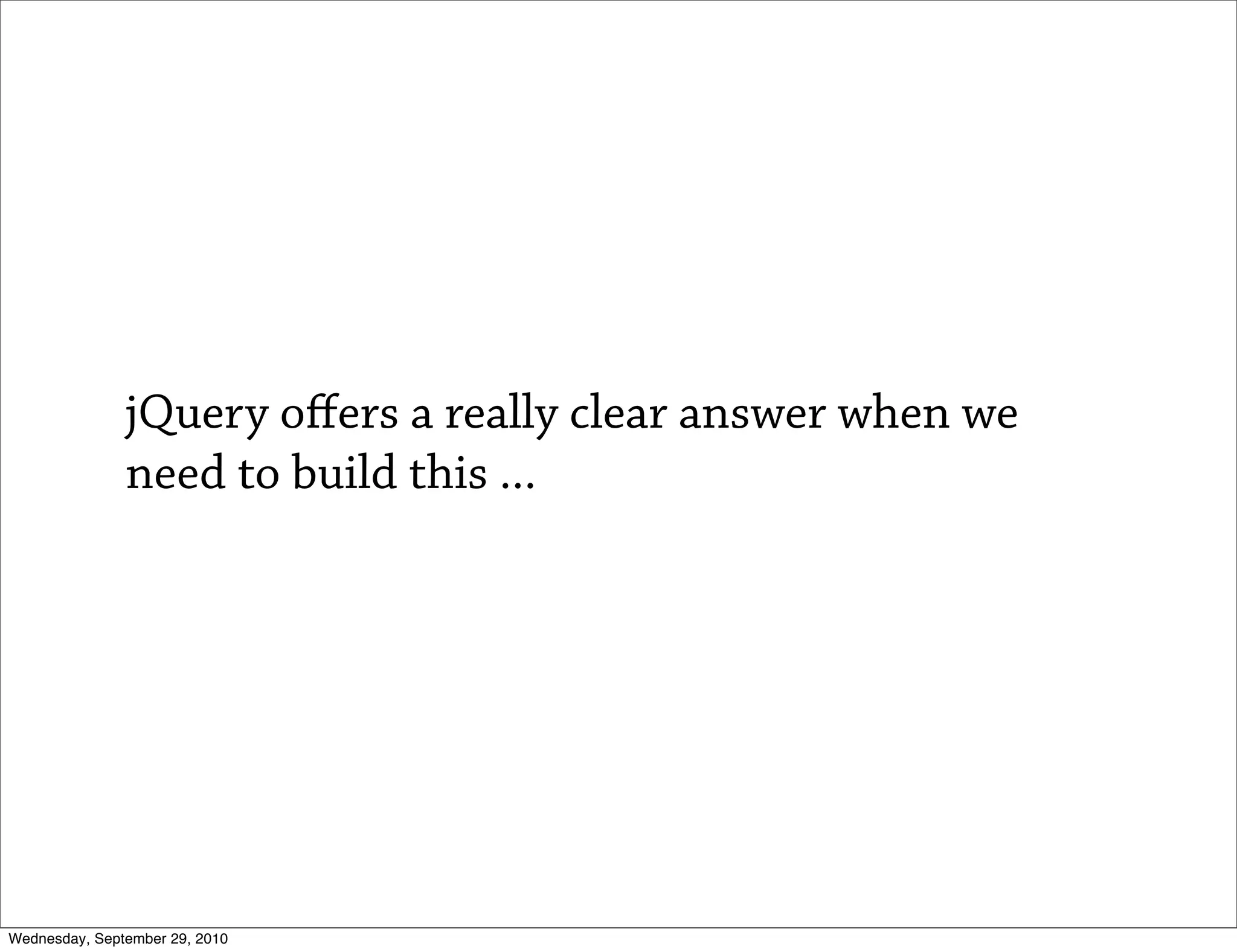
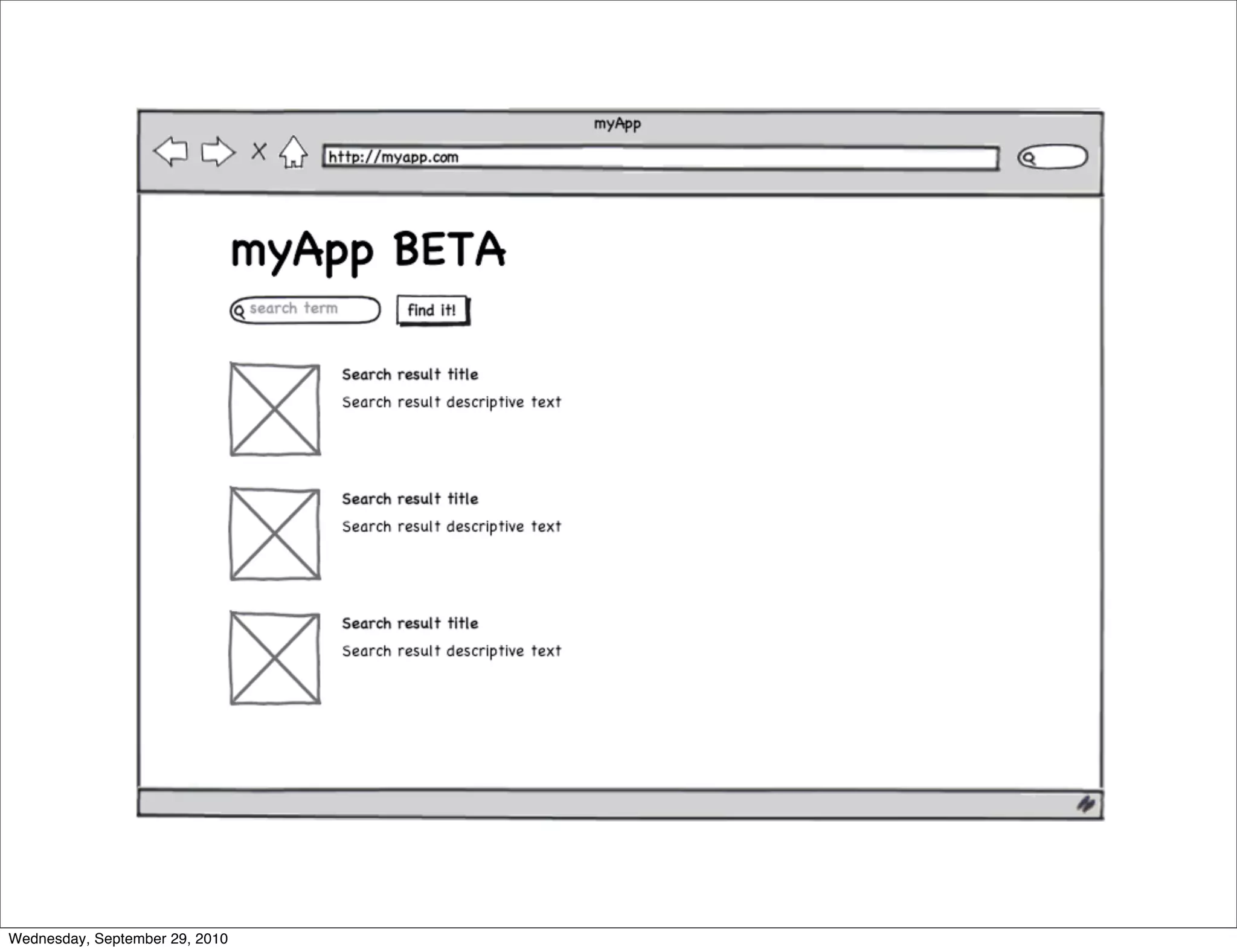
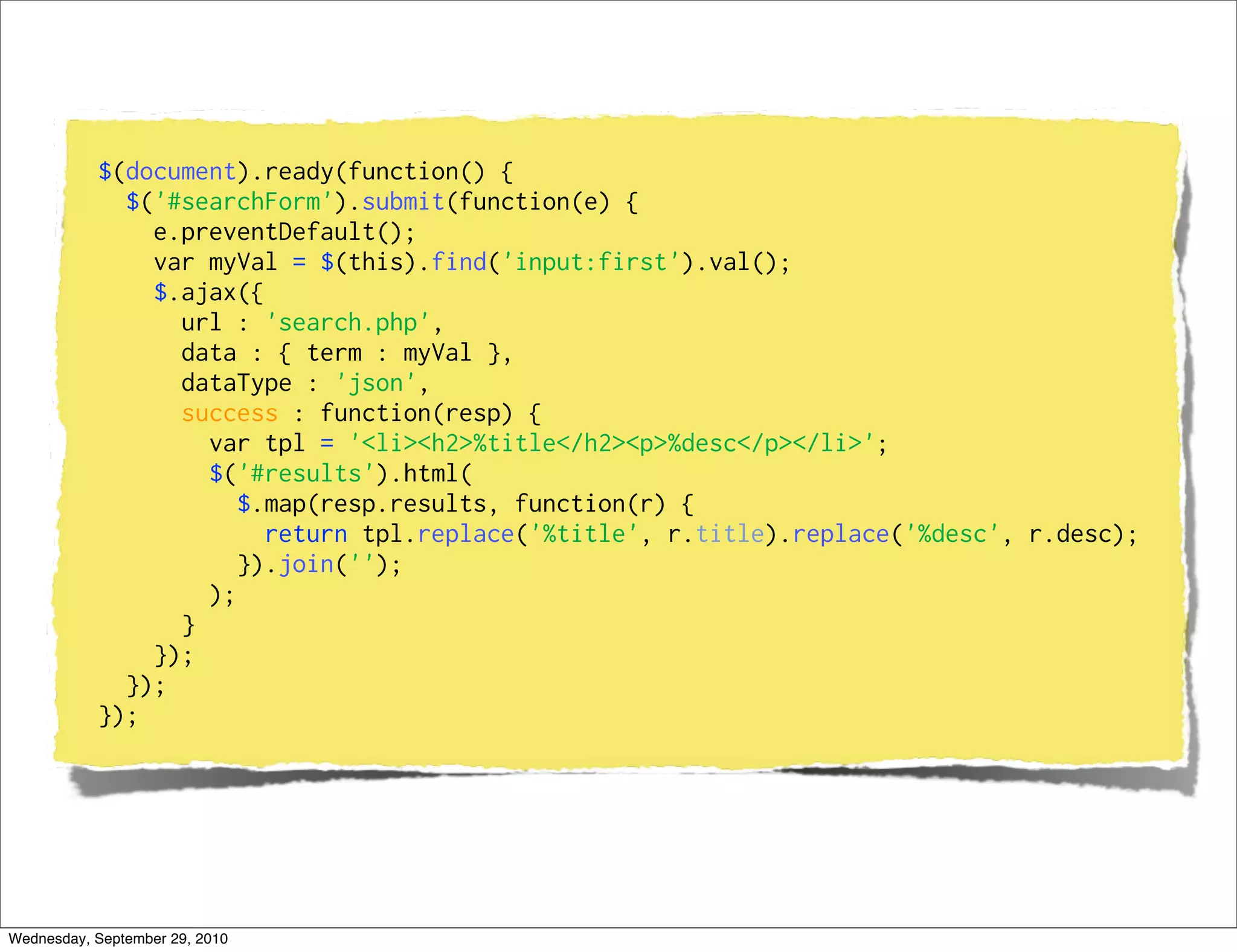
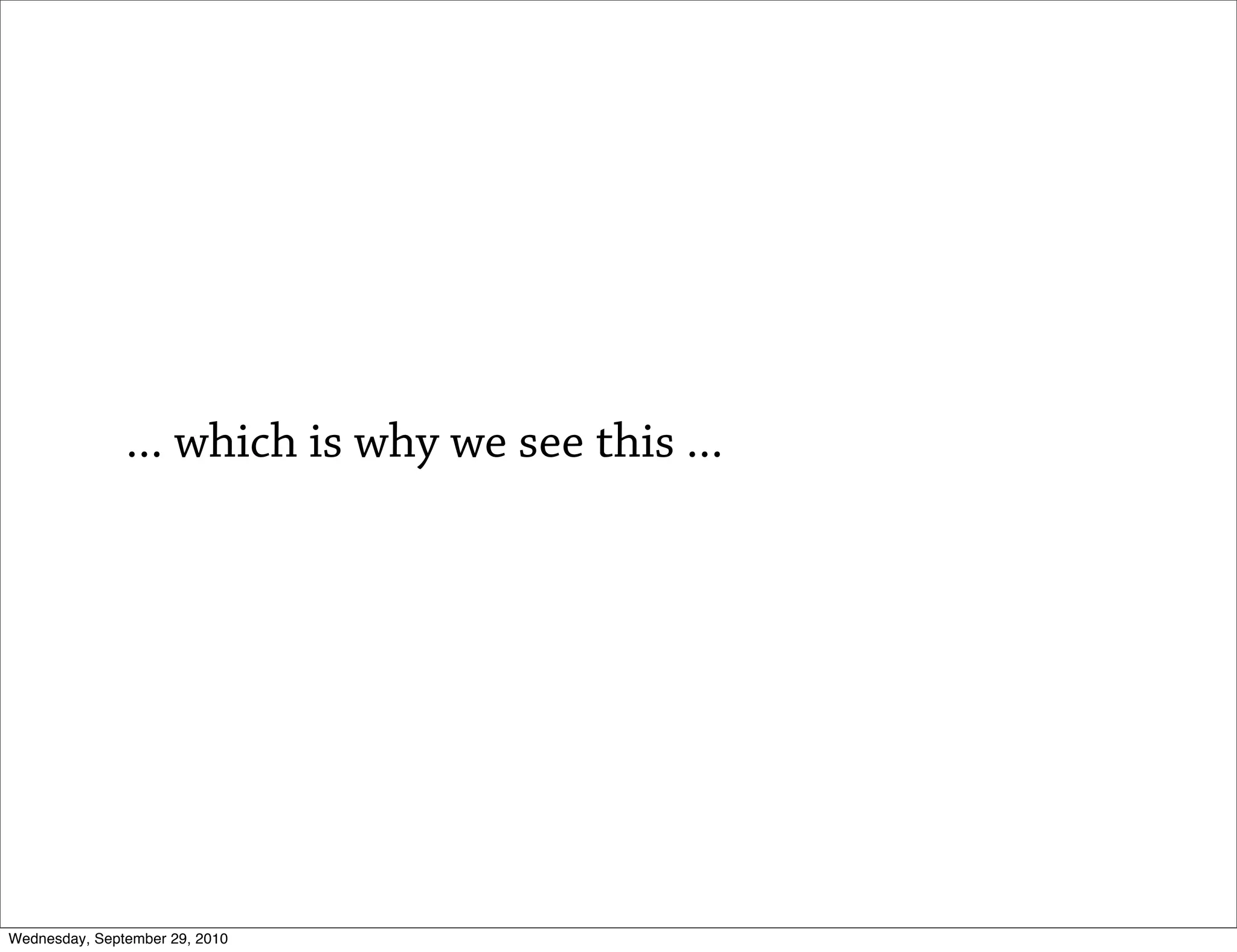
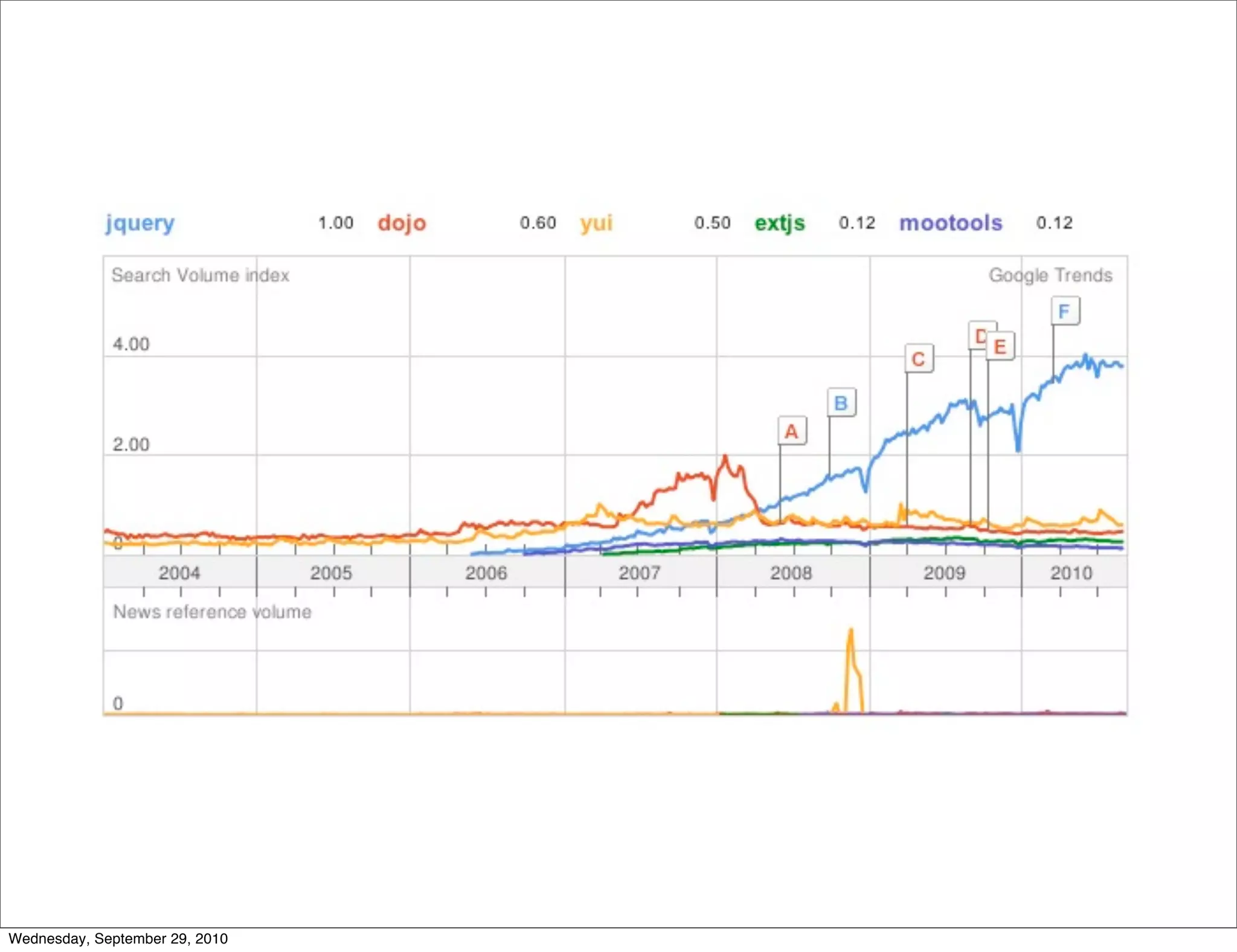
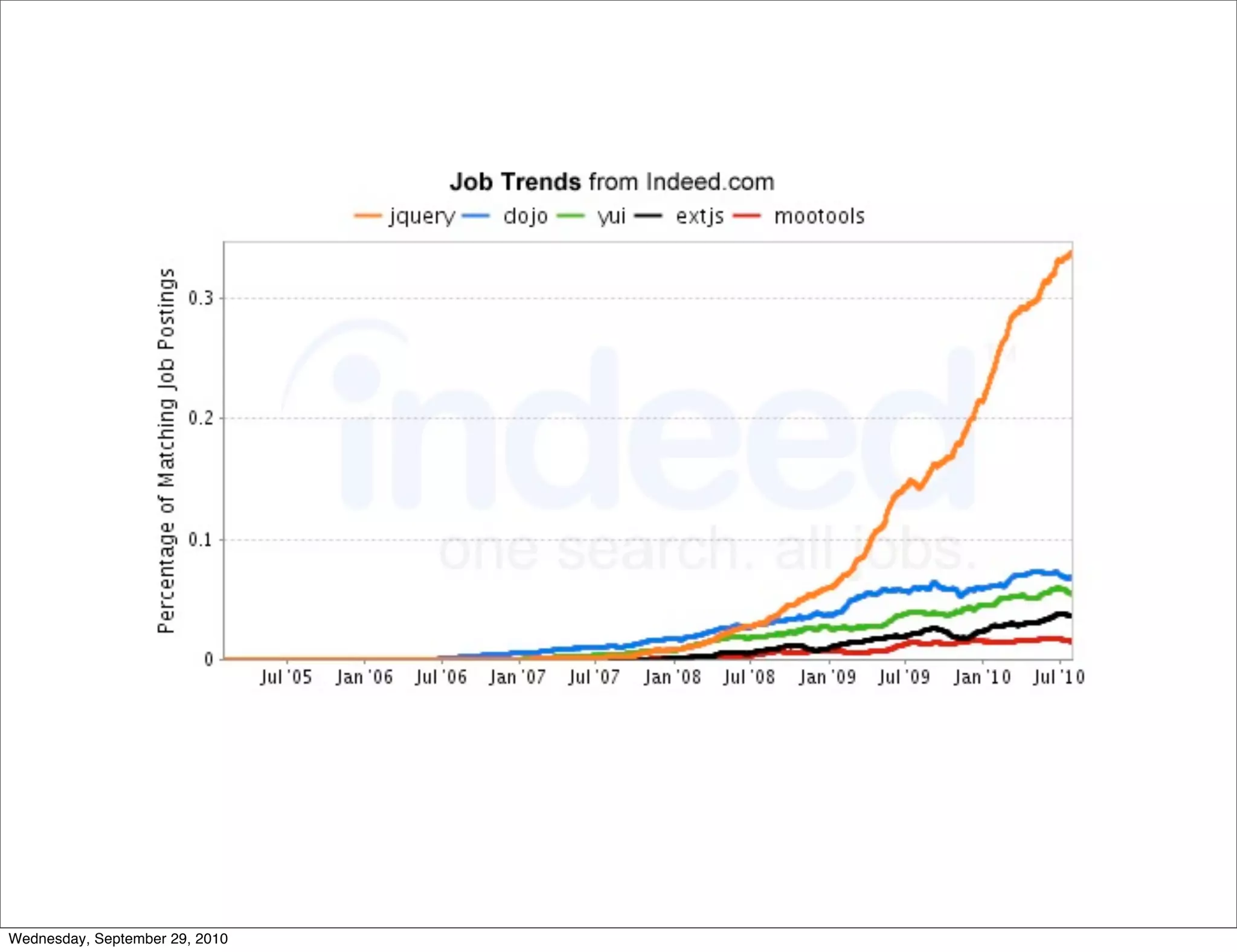

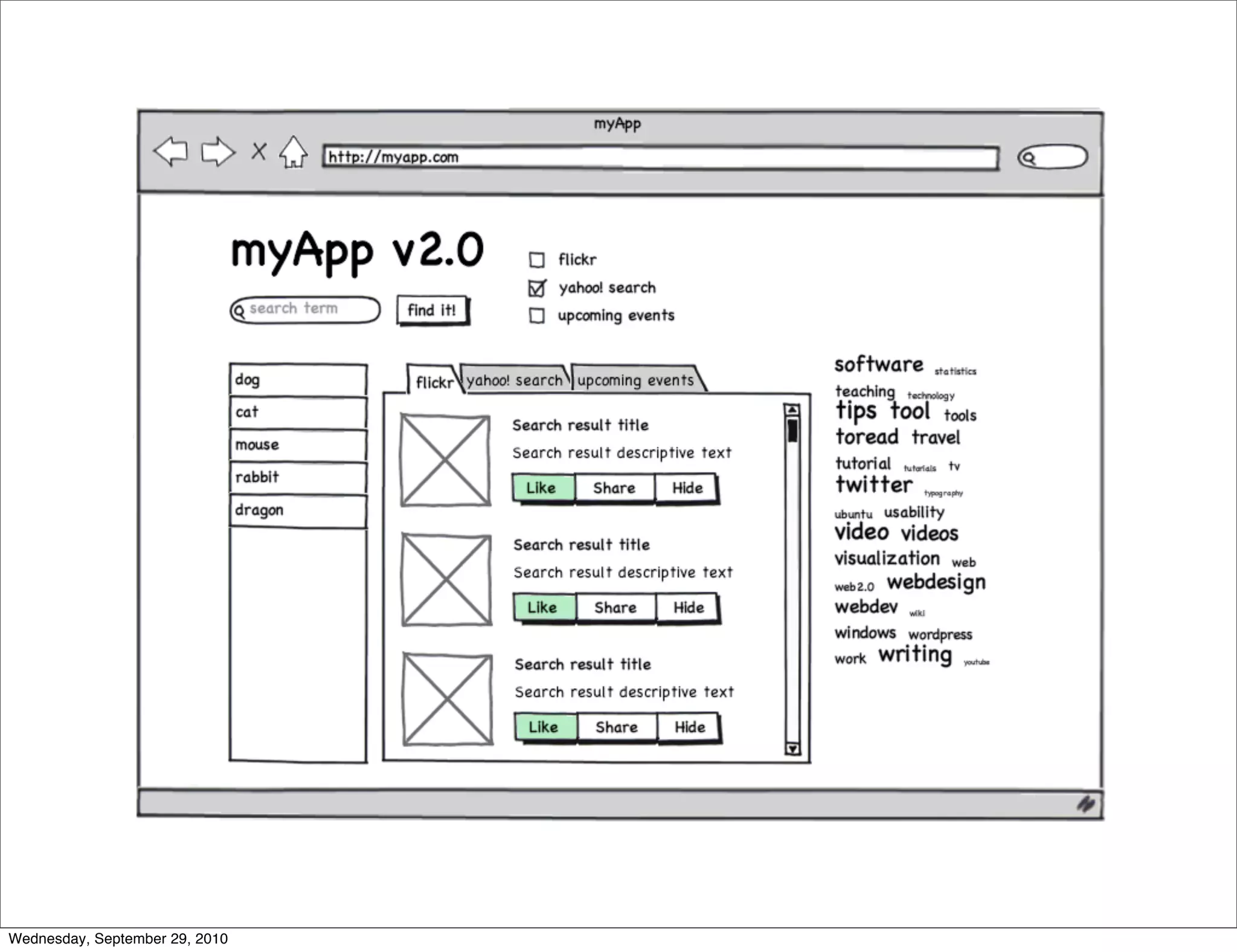
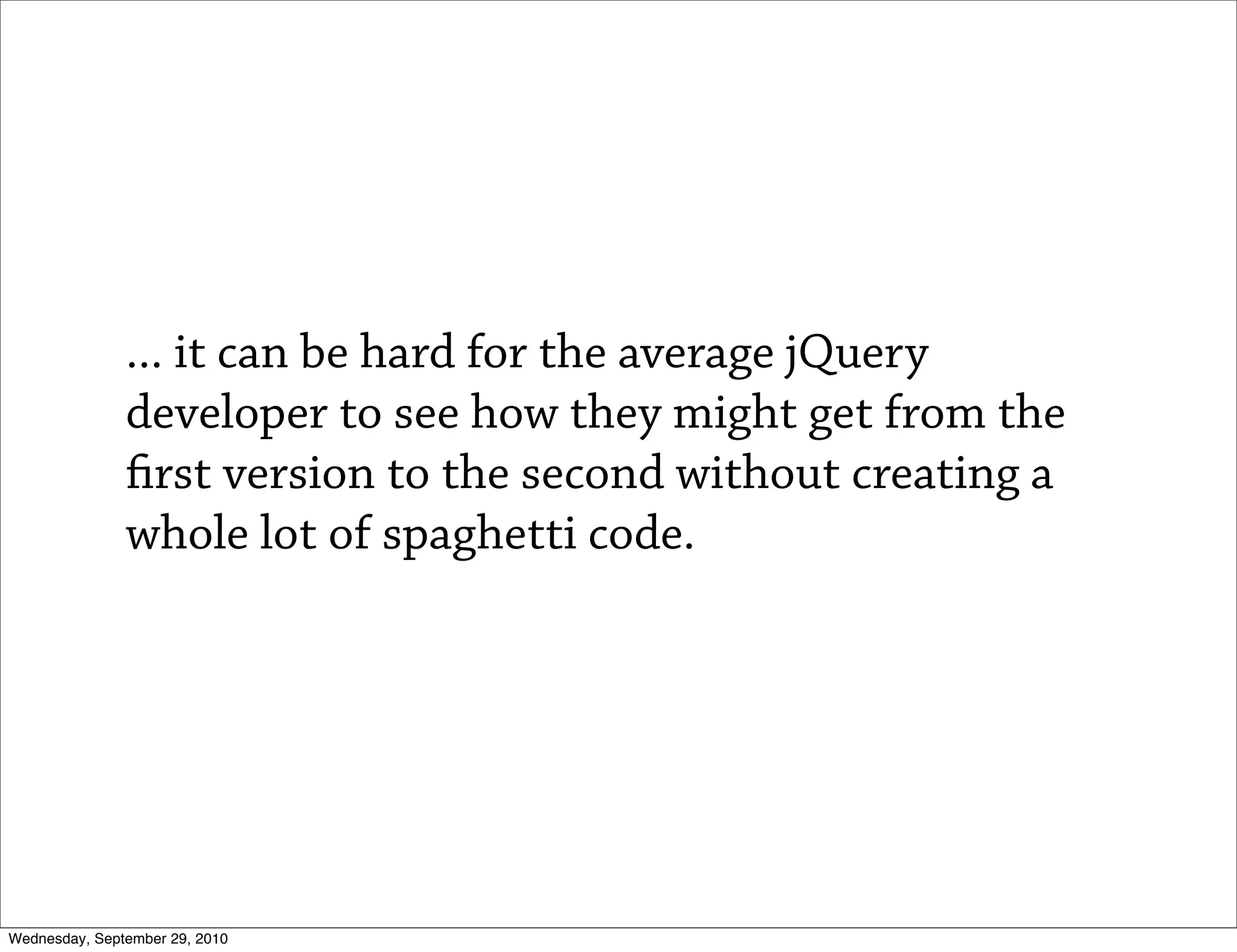
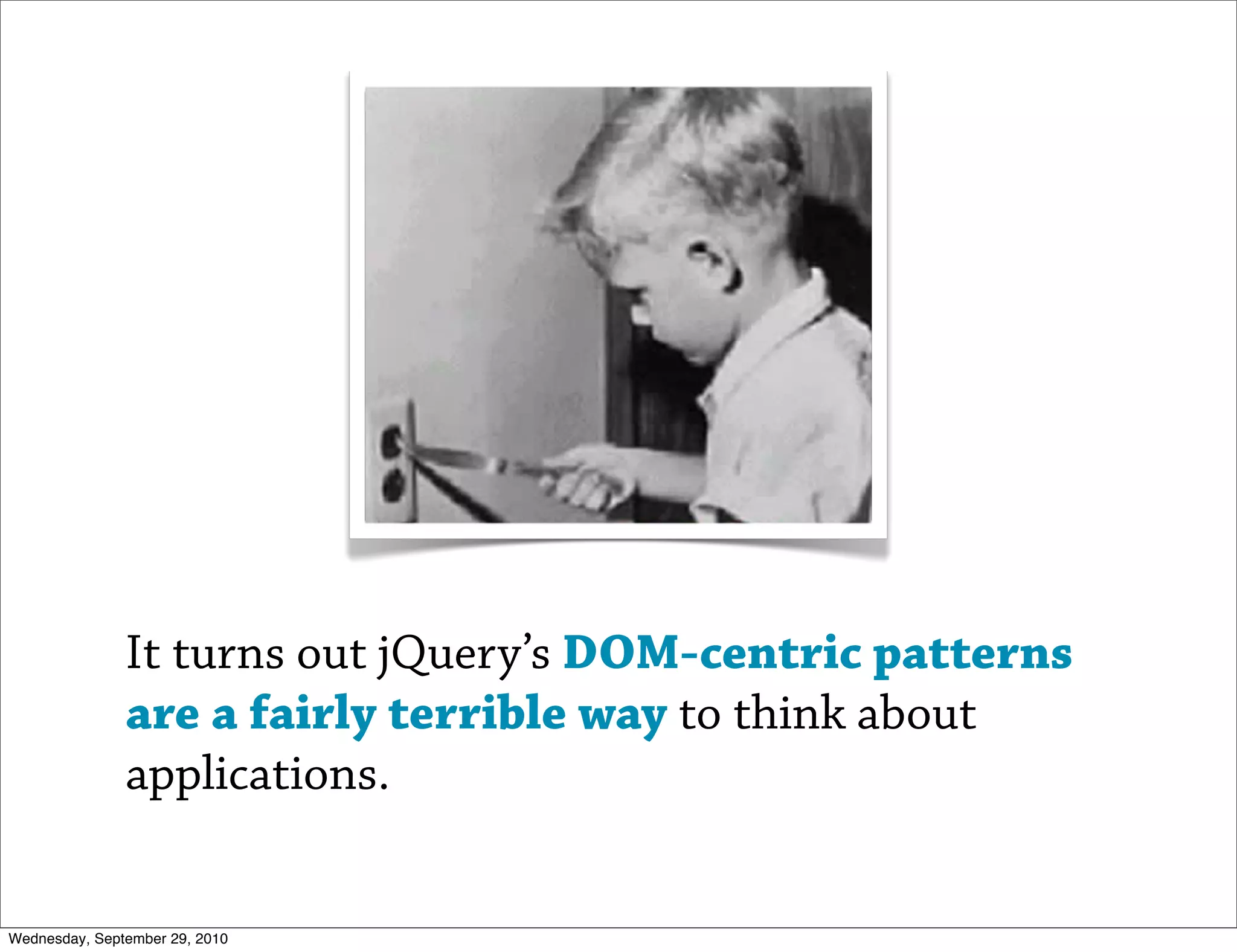
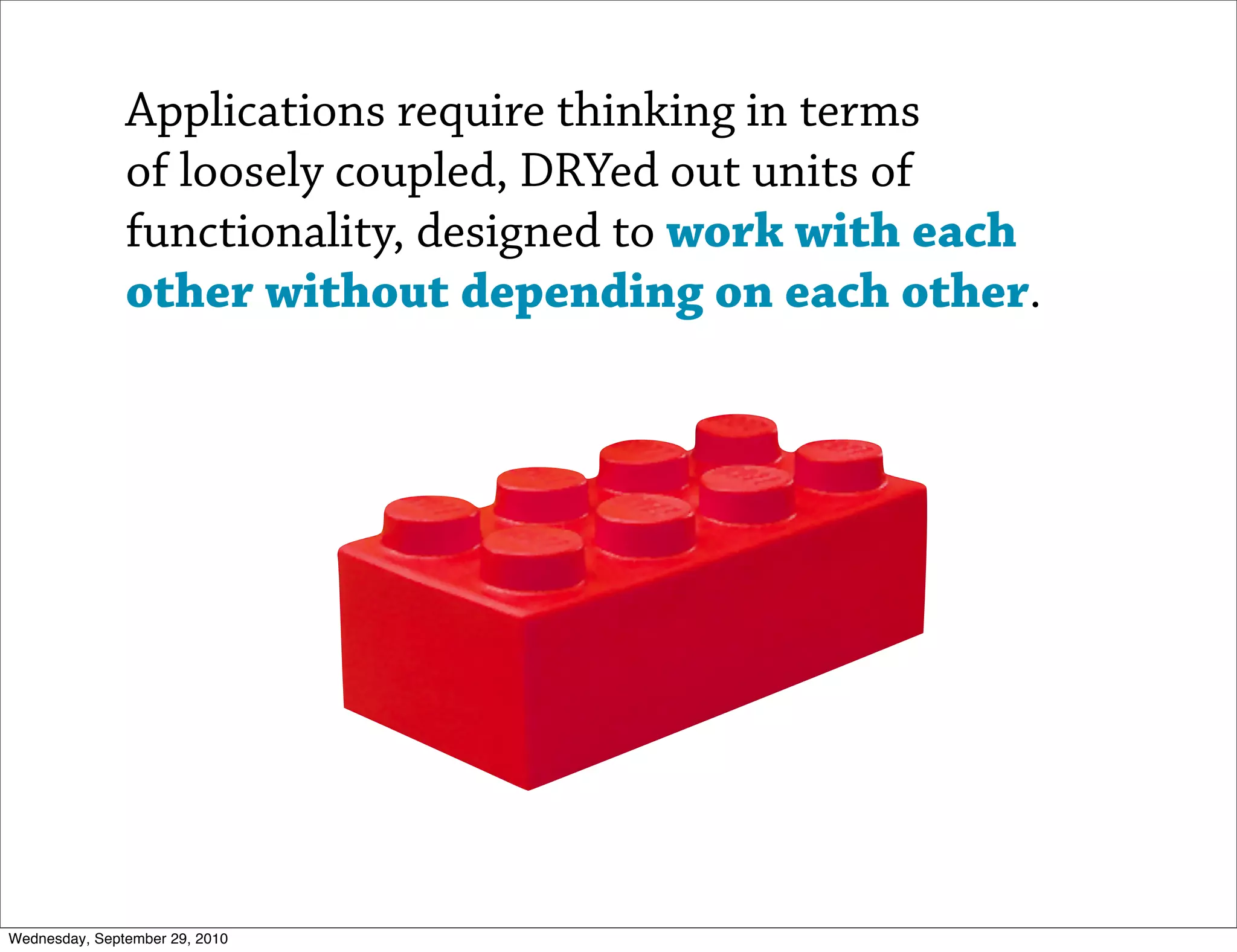
![require.def('views/Results', [], function() {
return Class.extend({
itemTemplate : '<li><h2>%title</h2><p>%desc</p></li>',
init : function(el) {
this.el = el;
$.subscribe('/search/results', $.proxy(this, '_showResults'));
},
_showResults : function(results) {
var tpl = this.itemTemplate,
html = $.map(results, function(r) {
return tpl
.replace('%title', r.title)
.replace('%desc', r.desc);
}).join('');
this.el.append(html);
}
});
});
Wednesday, September 29, 2010](https://image.slidesharecdn.com/jquery-divide-100925213351-phpapp01/75/The-jQuery-Divide-27-2048.jpg)
![require.def('views/Results', [], function() {
return Class.extend({
itemTemplate : '<li><h2>%title</h2><p>%desc</p></li>',
init : function(el) {
this.el = el;
$.subscribe('/search/results', $.proxy(this, '_showResults'));
},
_showResults : function(results) {
var tpl = this.itemTemplate,
html = $.map(results, function(r) {
return tpl
.replace('%title', r.title)
.replace('%desc', r.desc);
omg wtf is this???
}).join('');
this.el.append(html);
}
});
});
Wednesday, September 29, 2010](https://image.slidesharecdn.com/jquery-divide-100925213351-phpapp01/75/The-jQuery-Divide-28-2048.jpg)


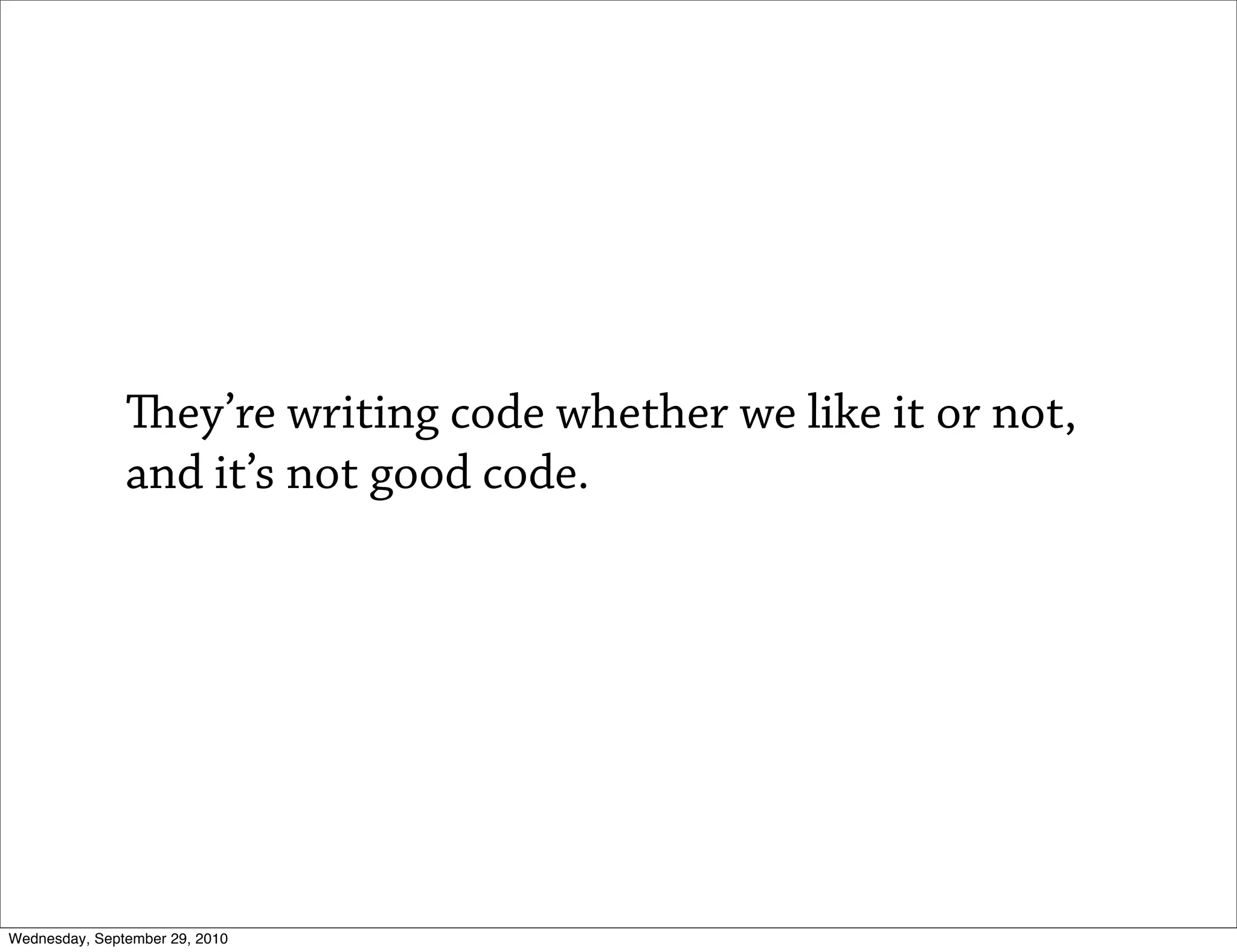
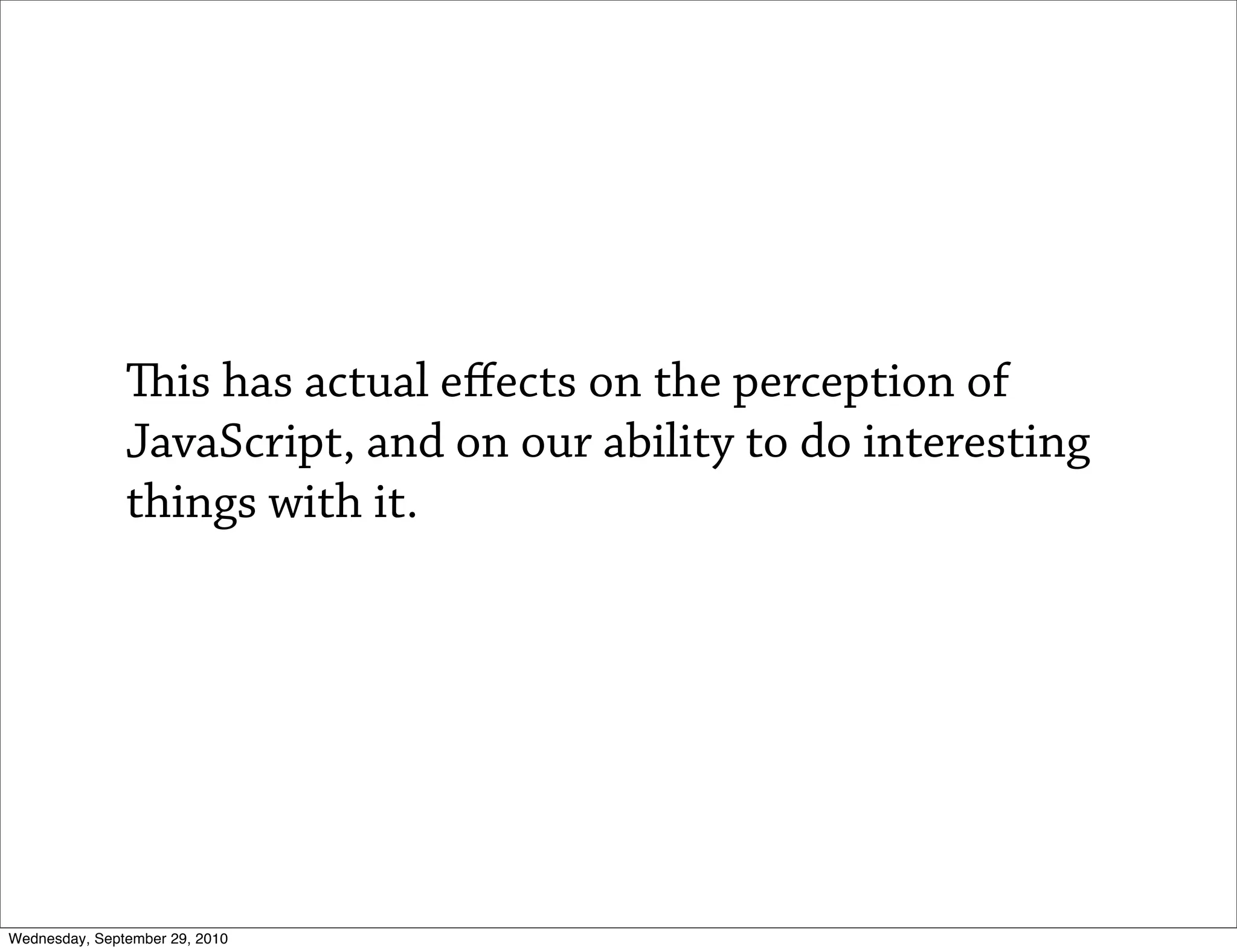
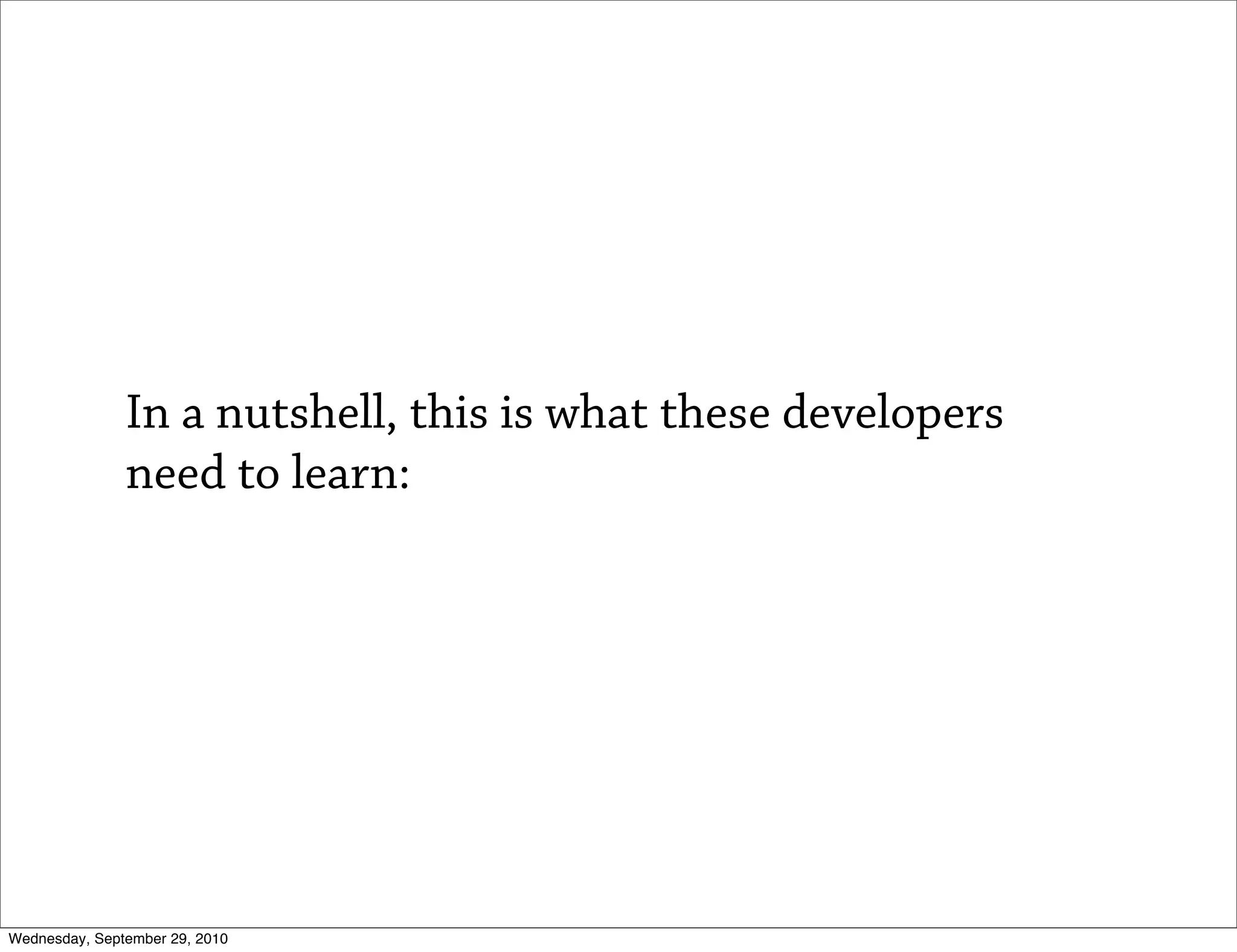
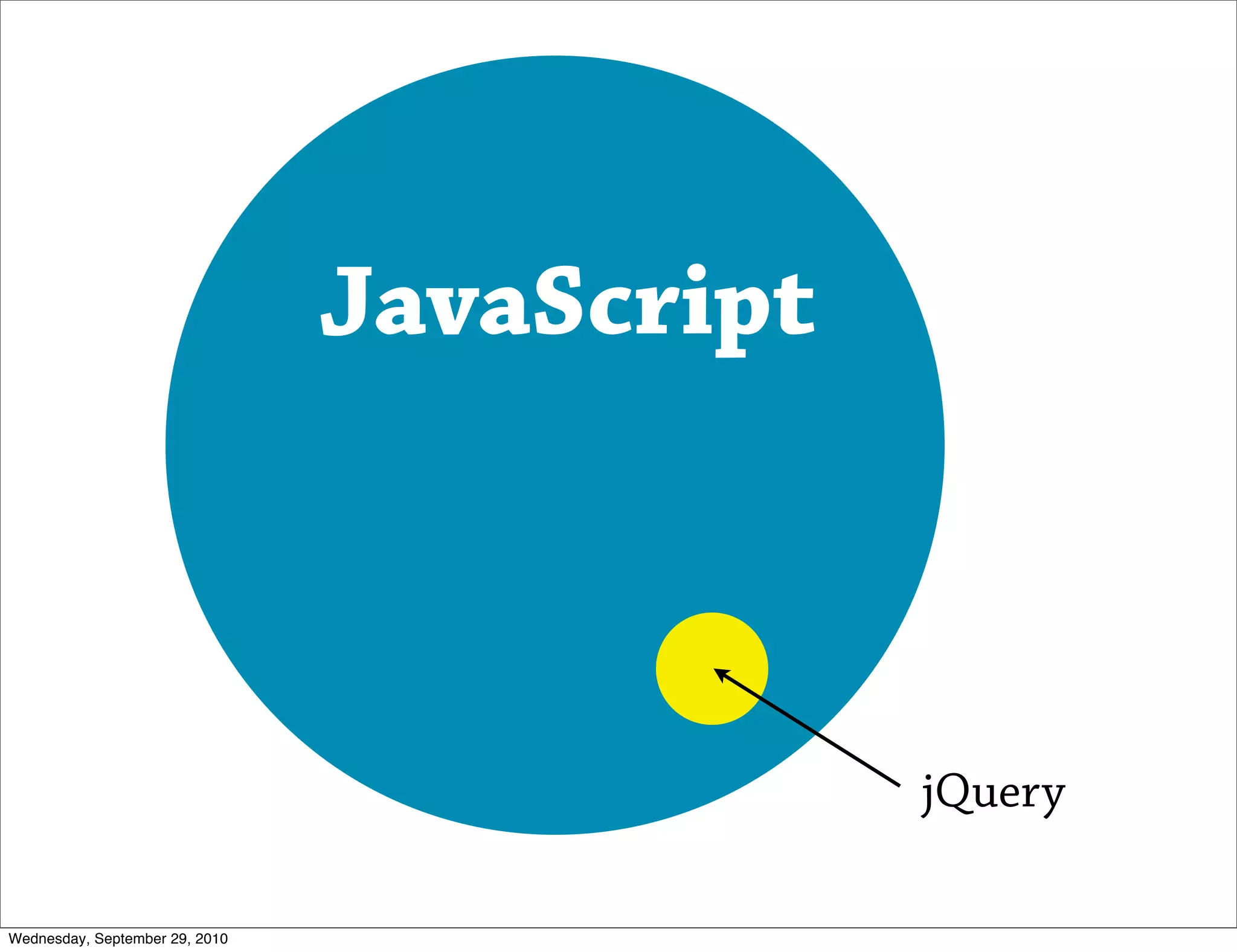
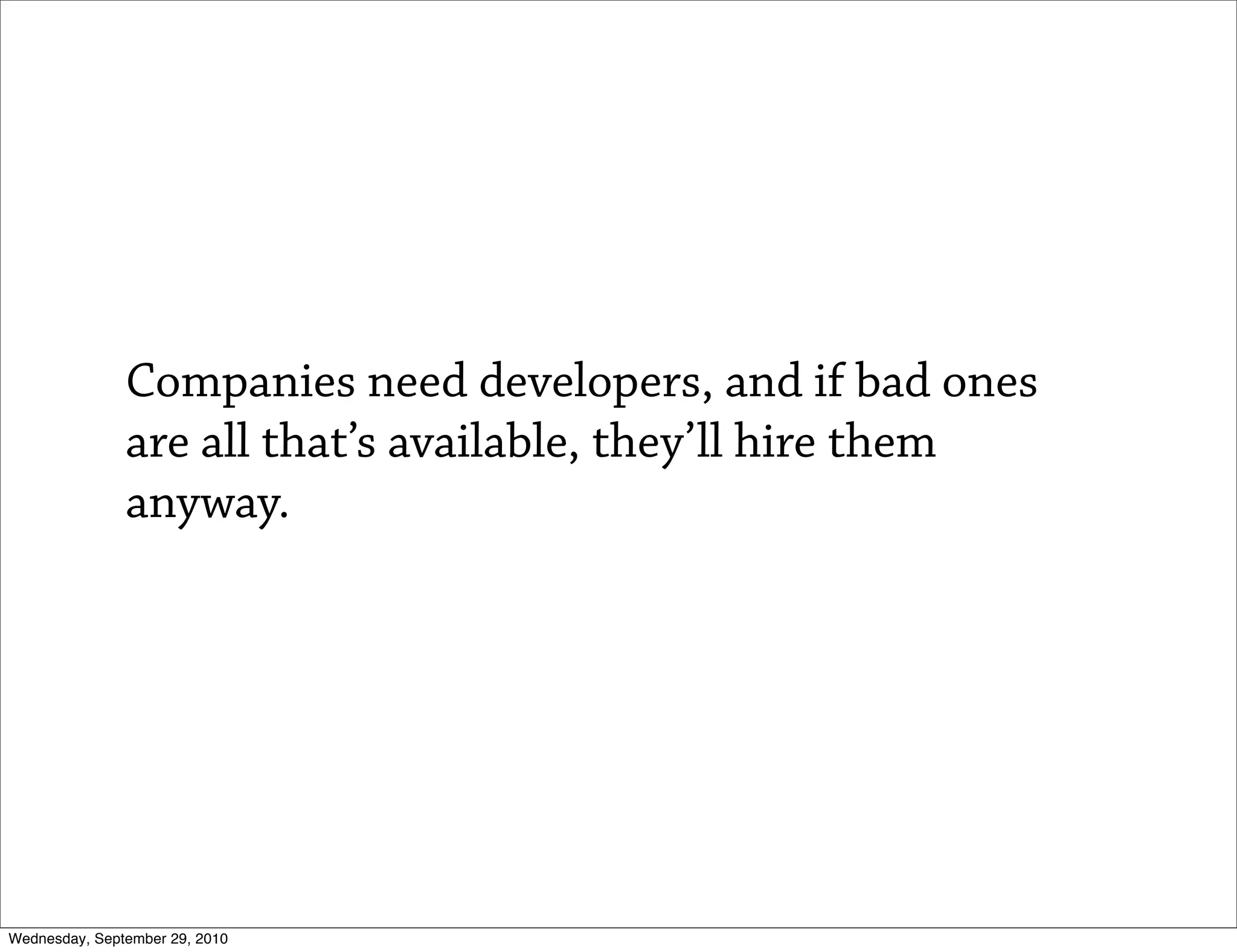
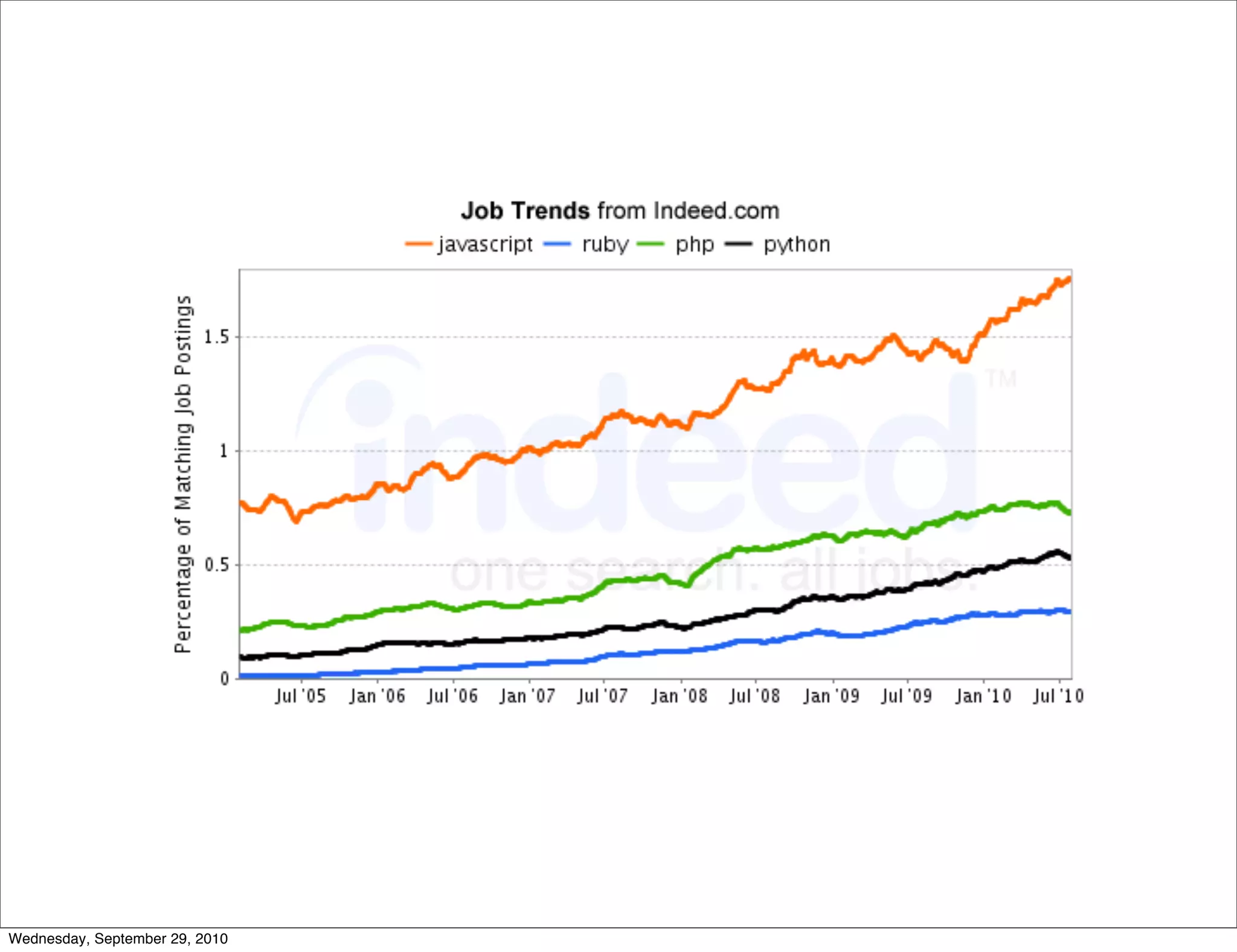
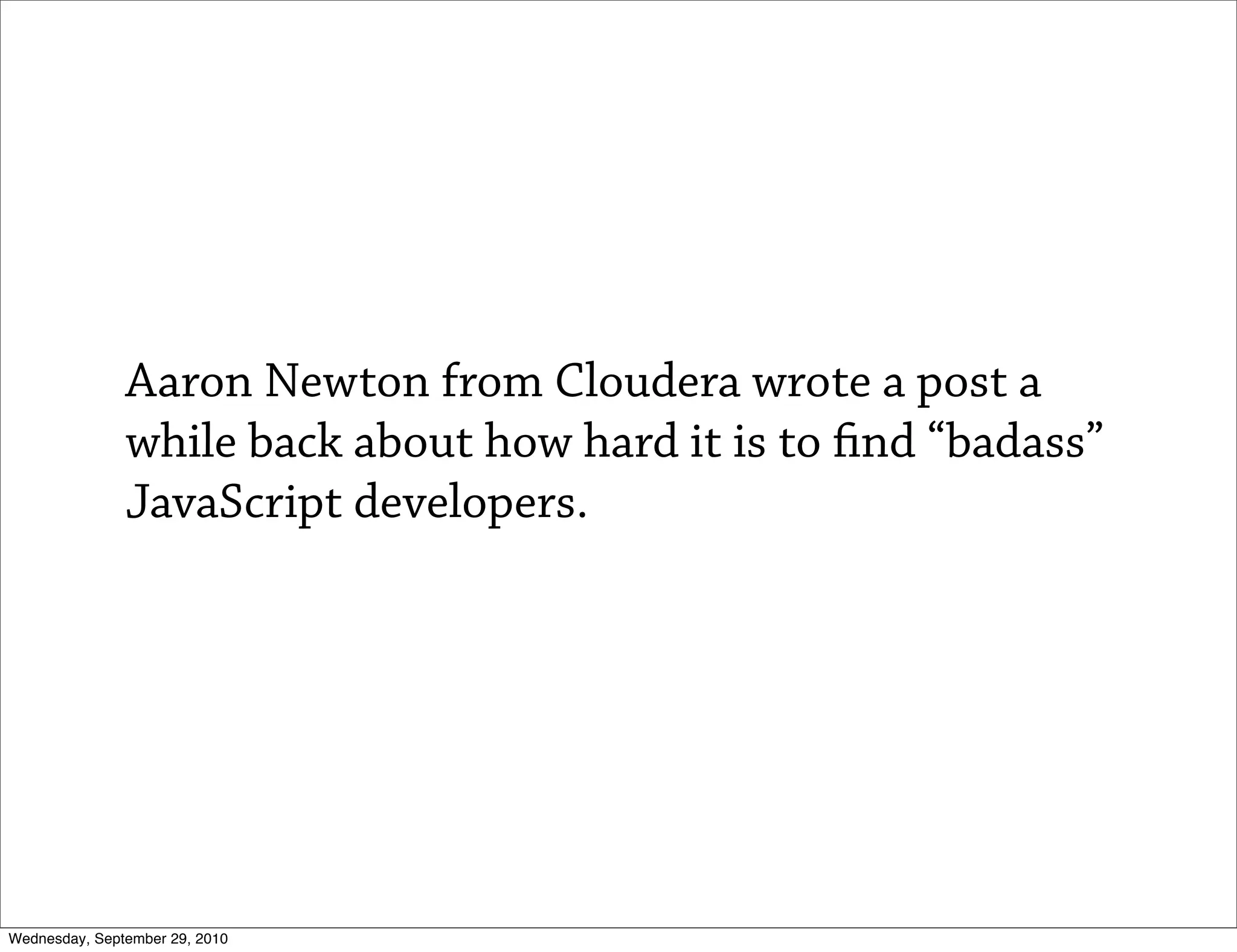
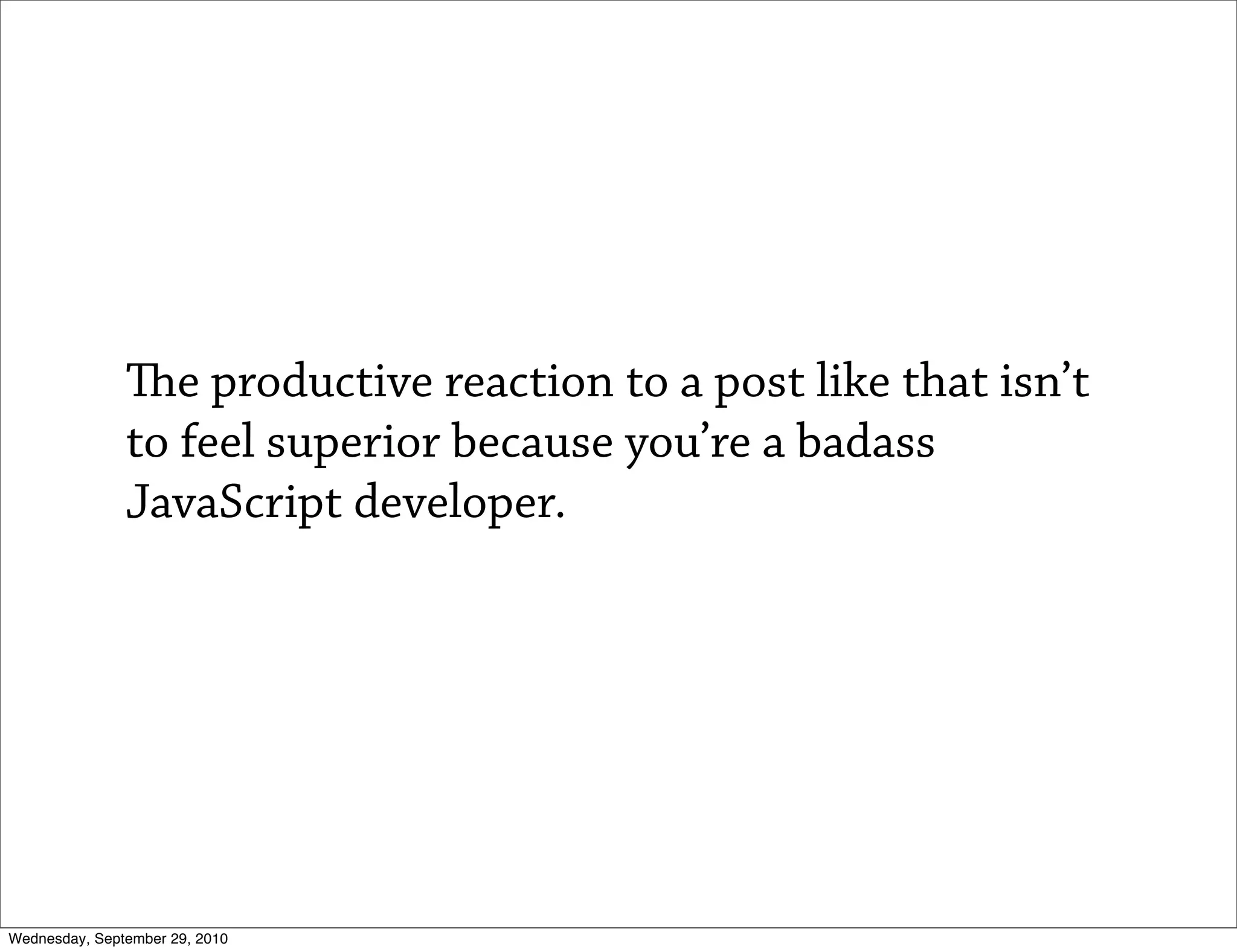
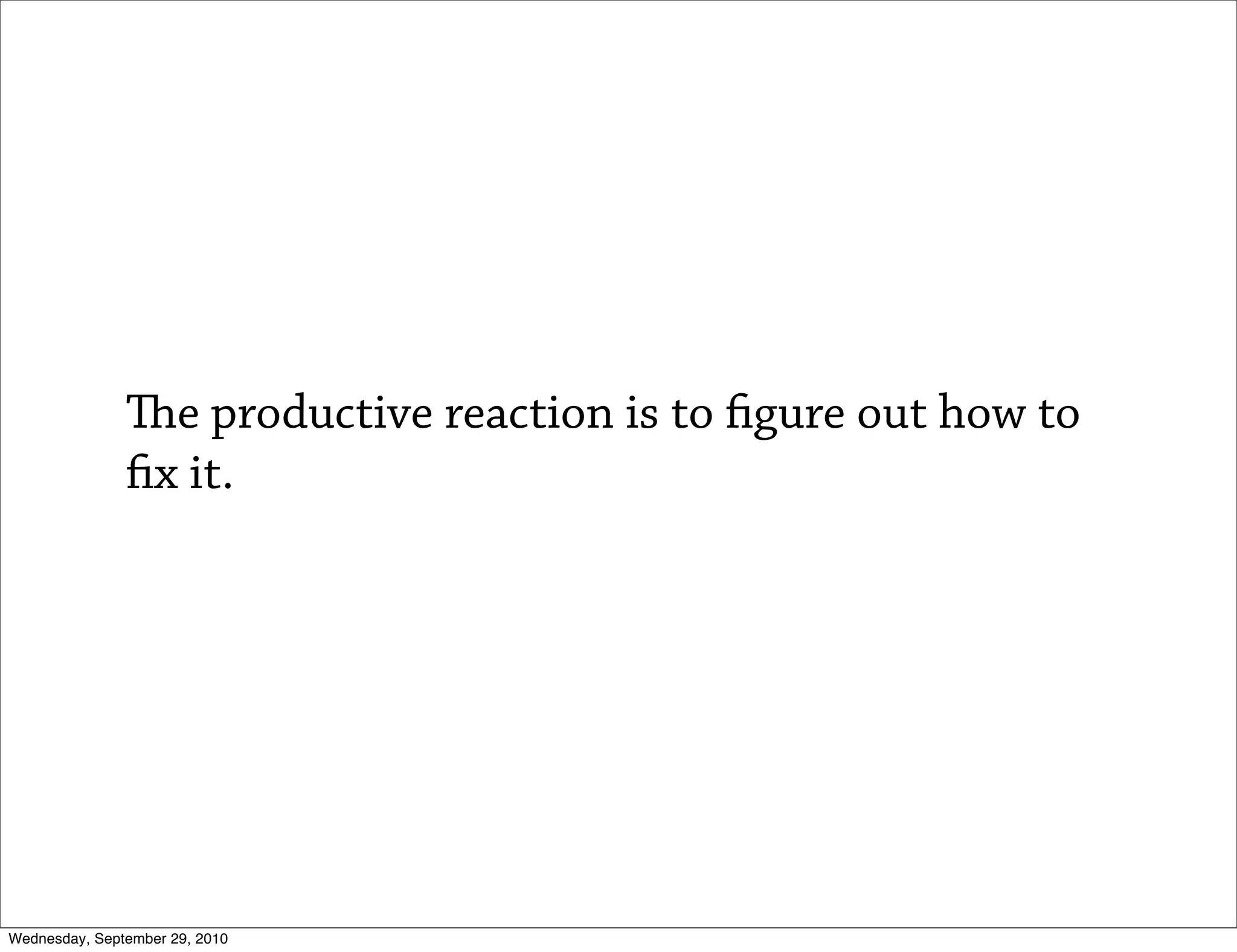
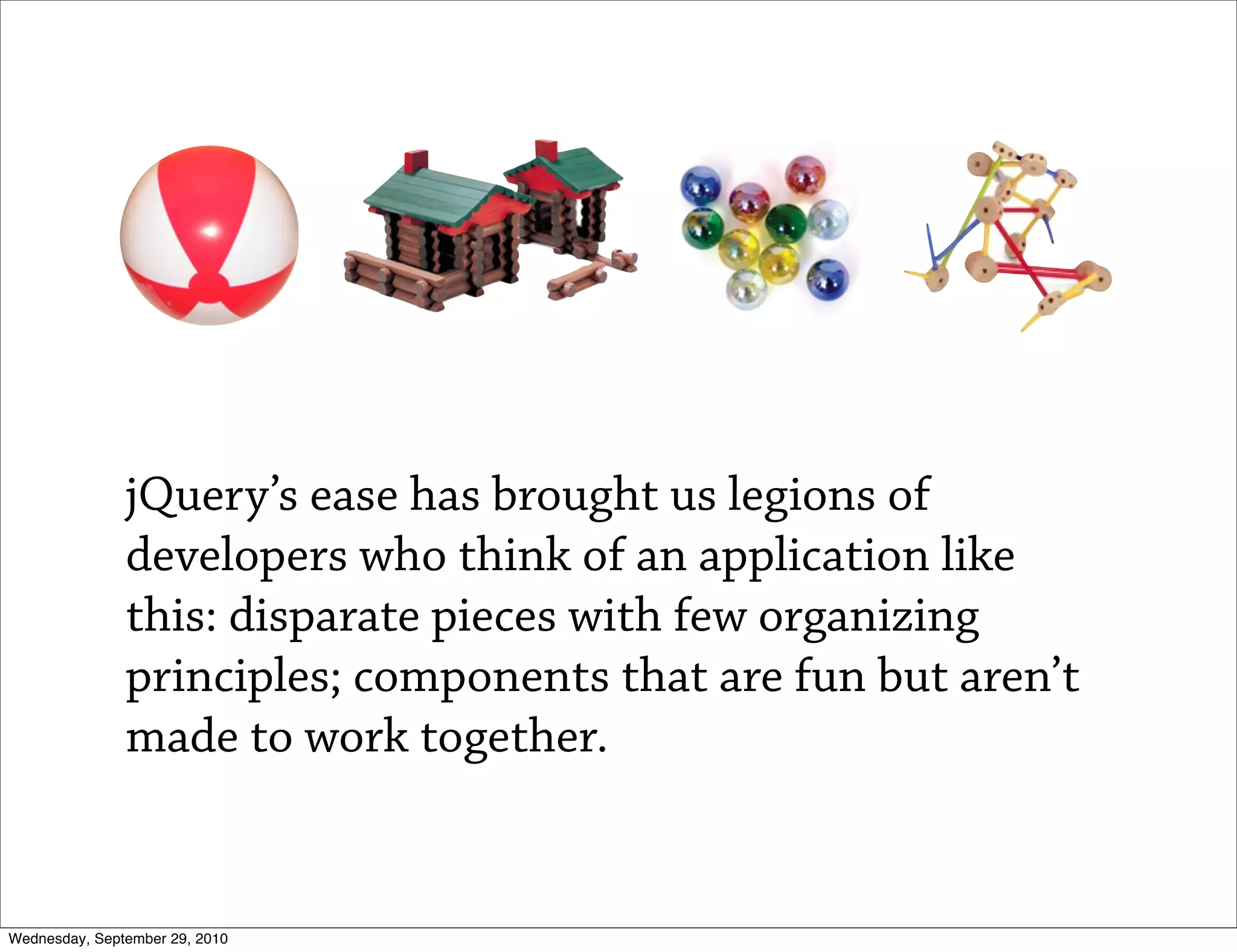



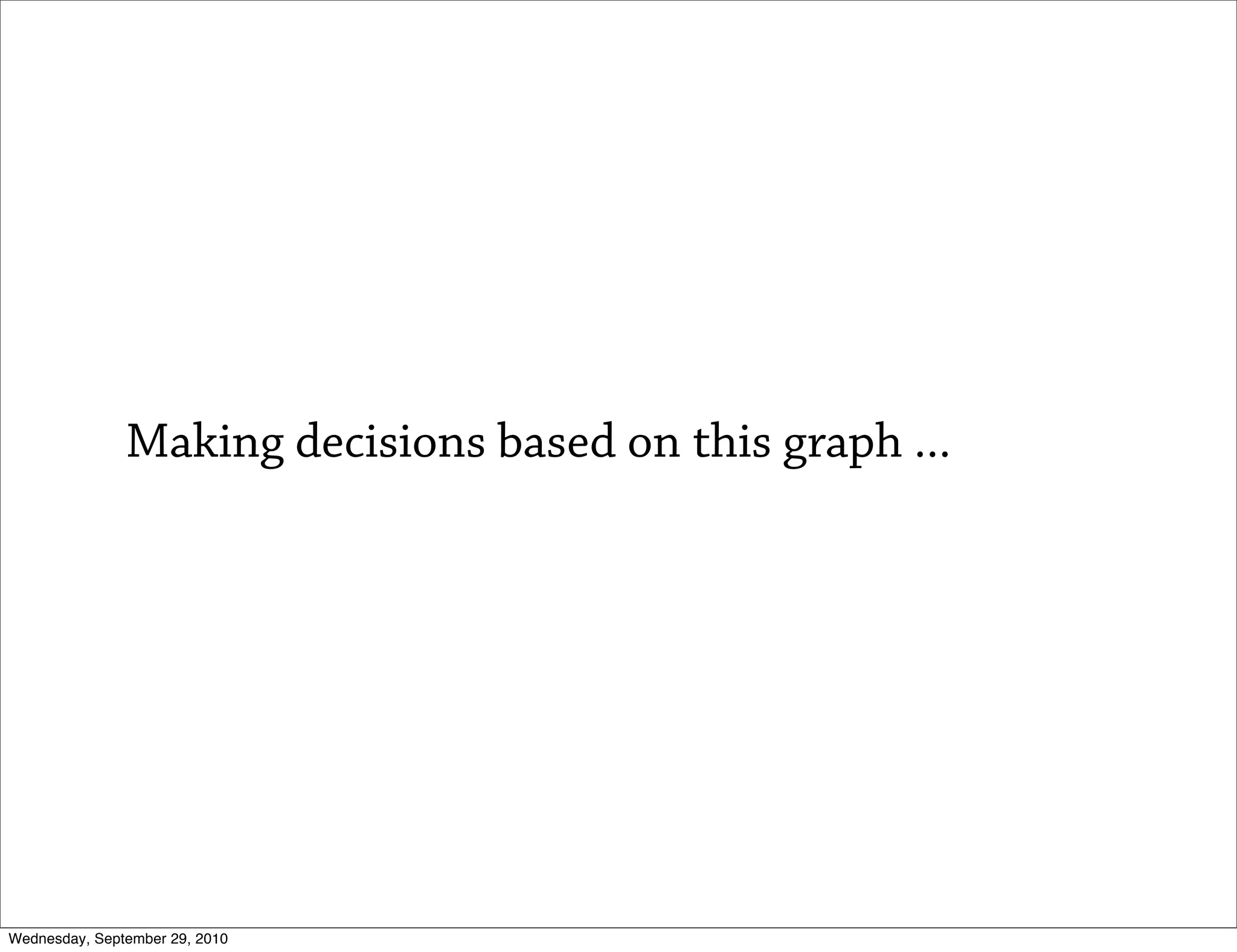
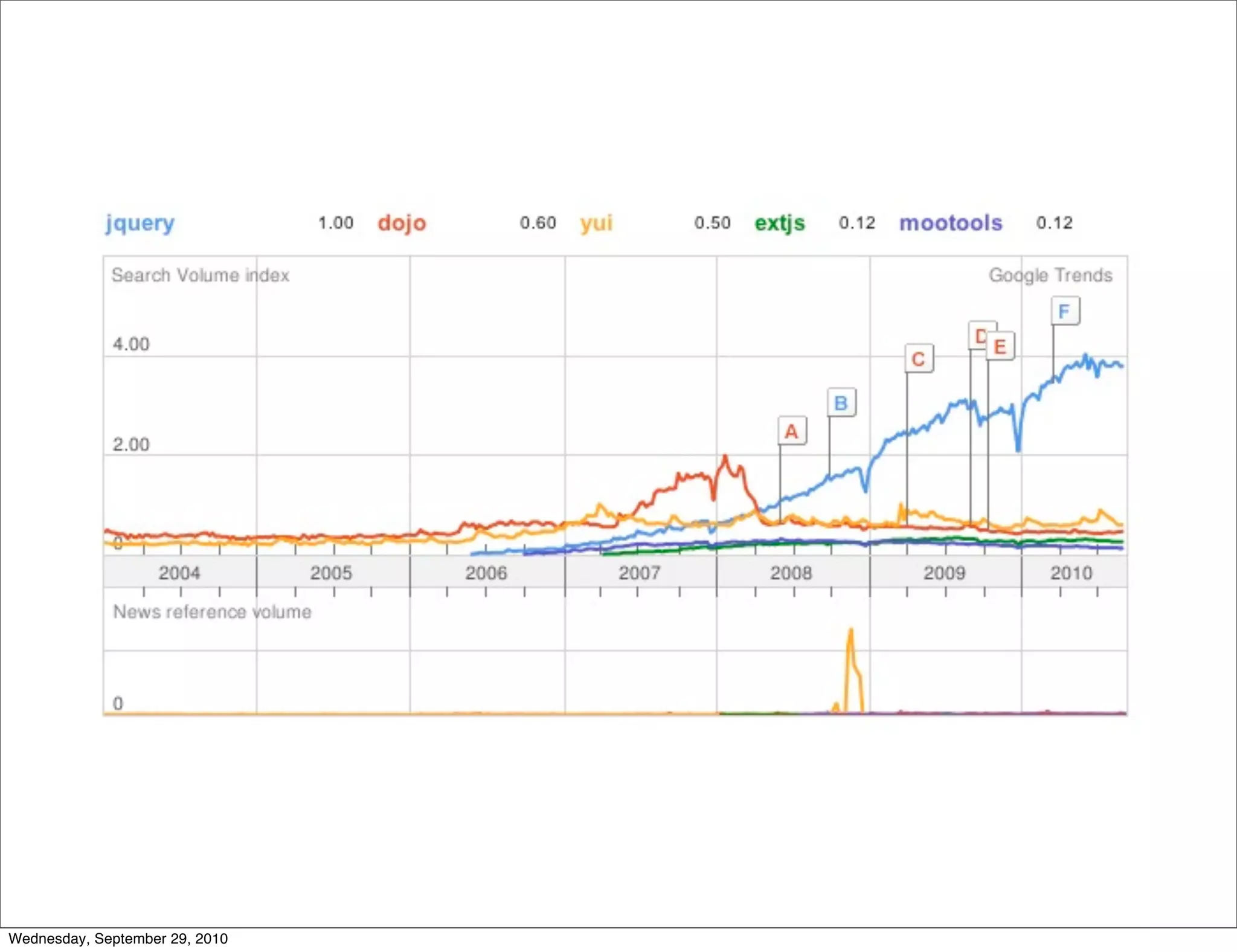
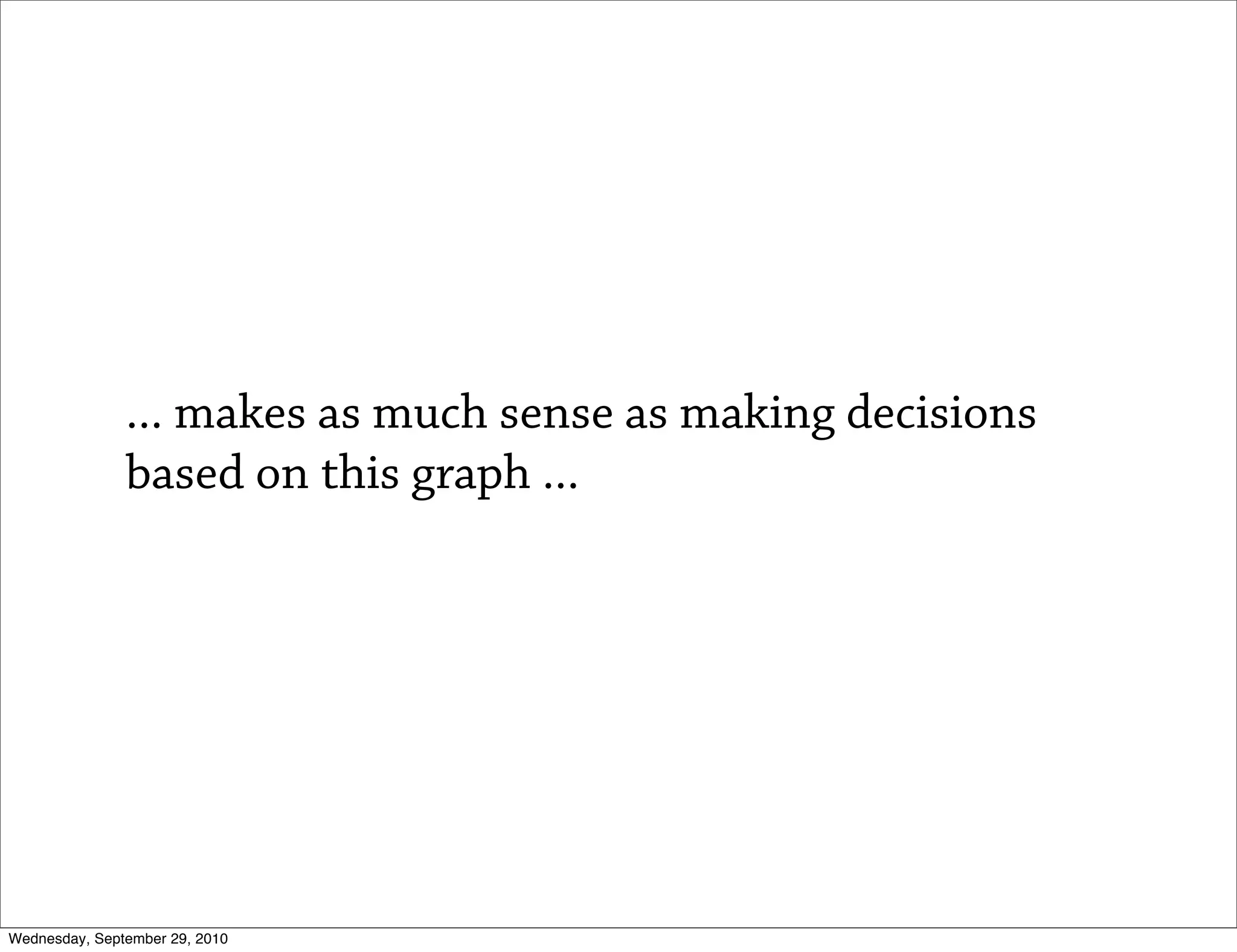
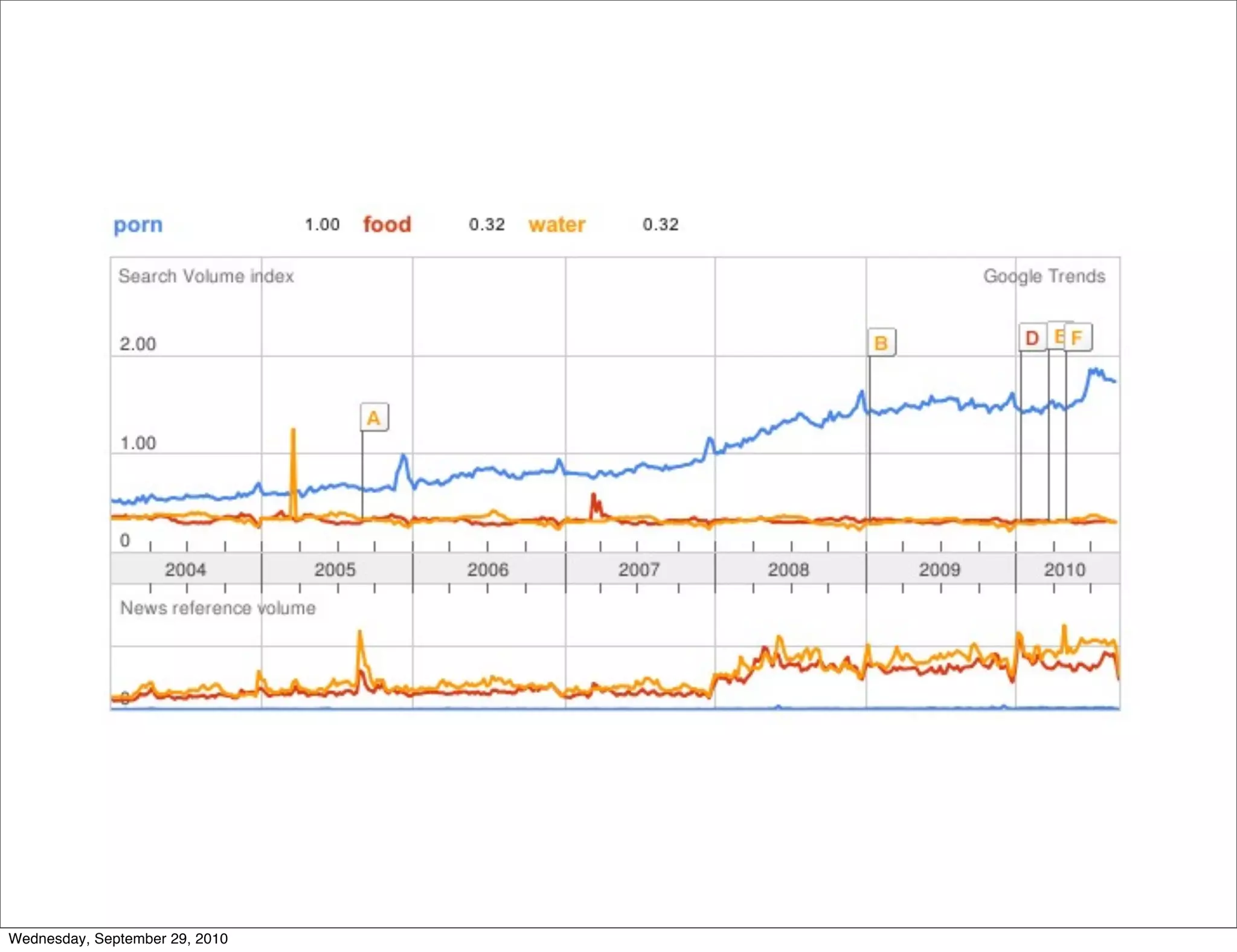

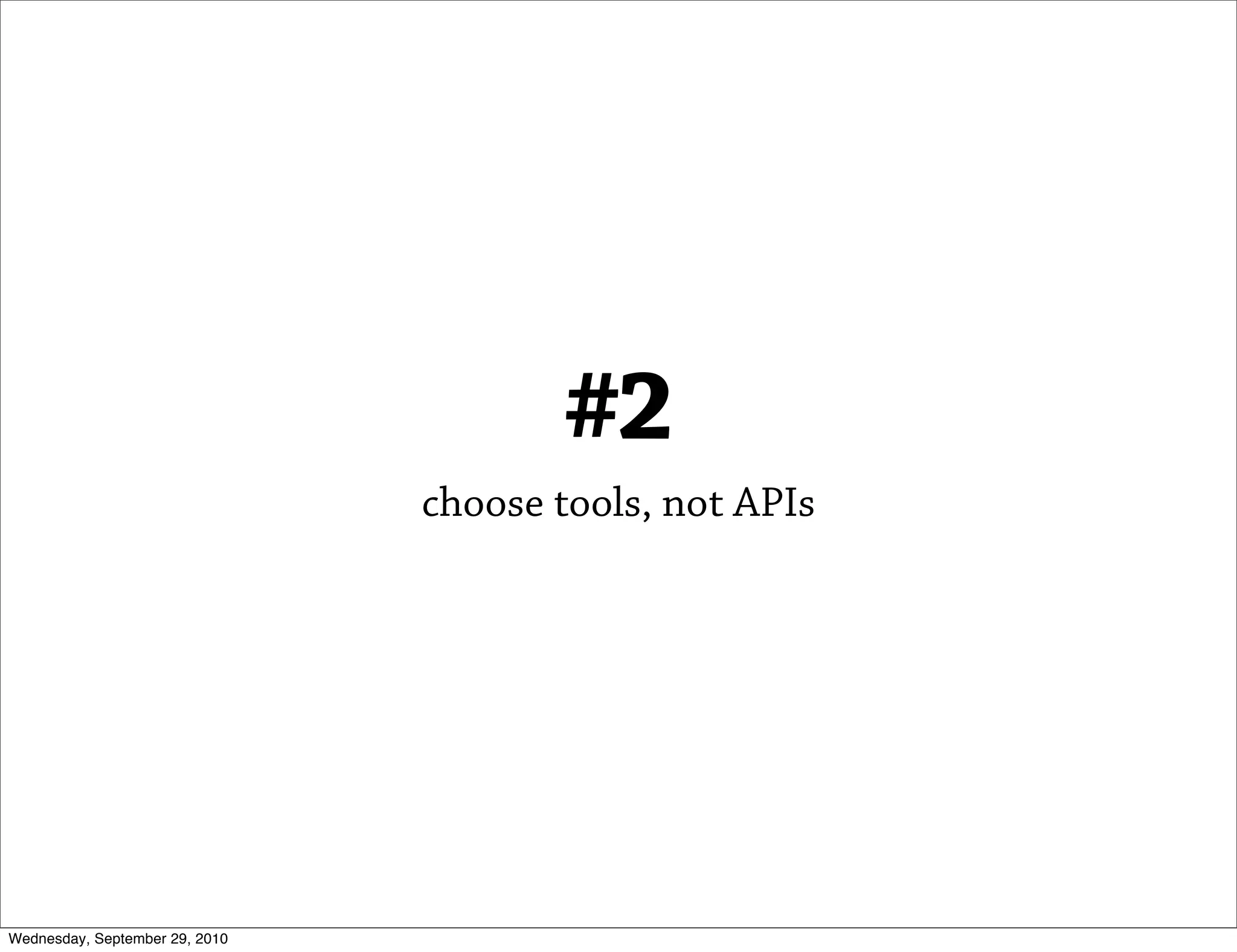
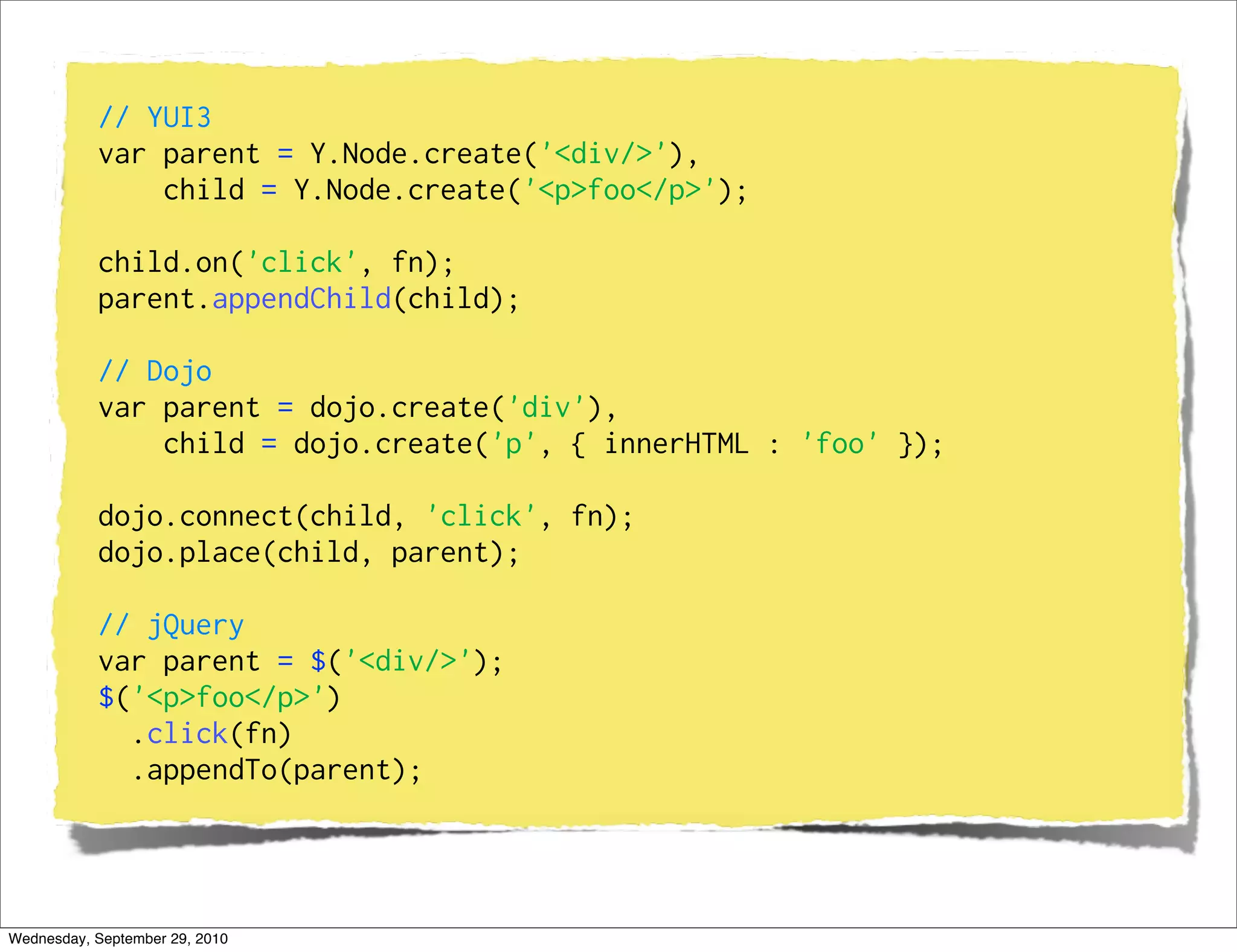
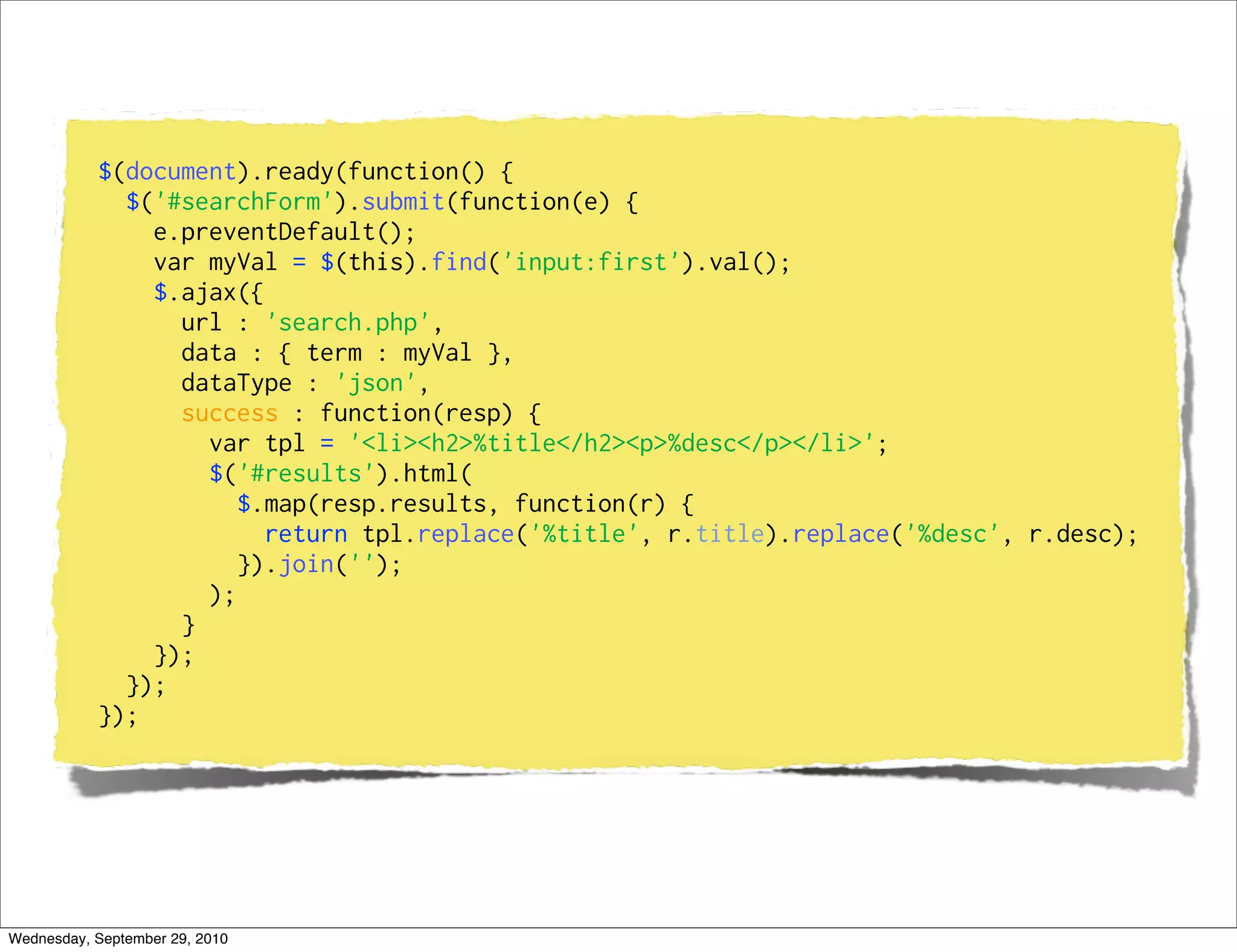
![(function(d, $) {
d.ready(function() {
d.connect('searchForm', 'submit', function(e) {
e.preventDefault();
var myVal = $('input', this)[0].value;
d.xhrGet({
url : 'search.php',
content : { term : myVal },
handleAs : 'json',
load : function(resp) {
var tpl = '<li><h2>%title</h2><p>%desc</p></li>';
d.byId('results').innerHTML = d.map(resp.results, function(r) {
return tpl.replace('%title', r.title).replace('%desc', r.desc);
}).join('');
}
})
});
});
})(dojo, dojo.query);
Wednesday, September 29, 2010](https://image.slidesharecdn.com/jquery-divide-100925213351-phpapp01/75/The-jQuery-Divide-52-2048.jpg)
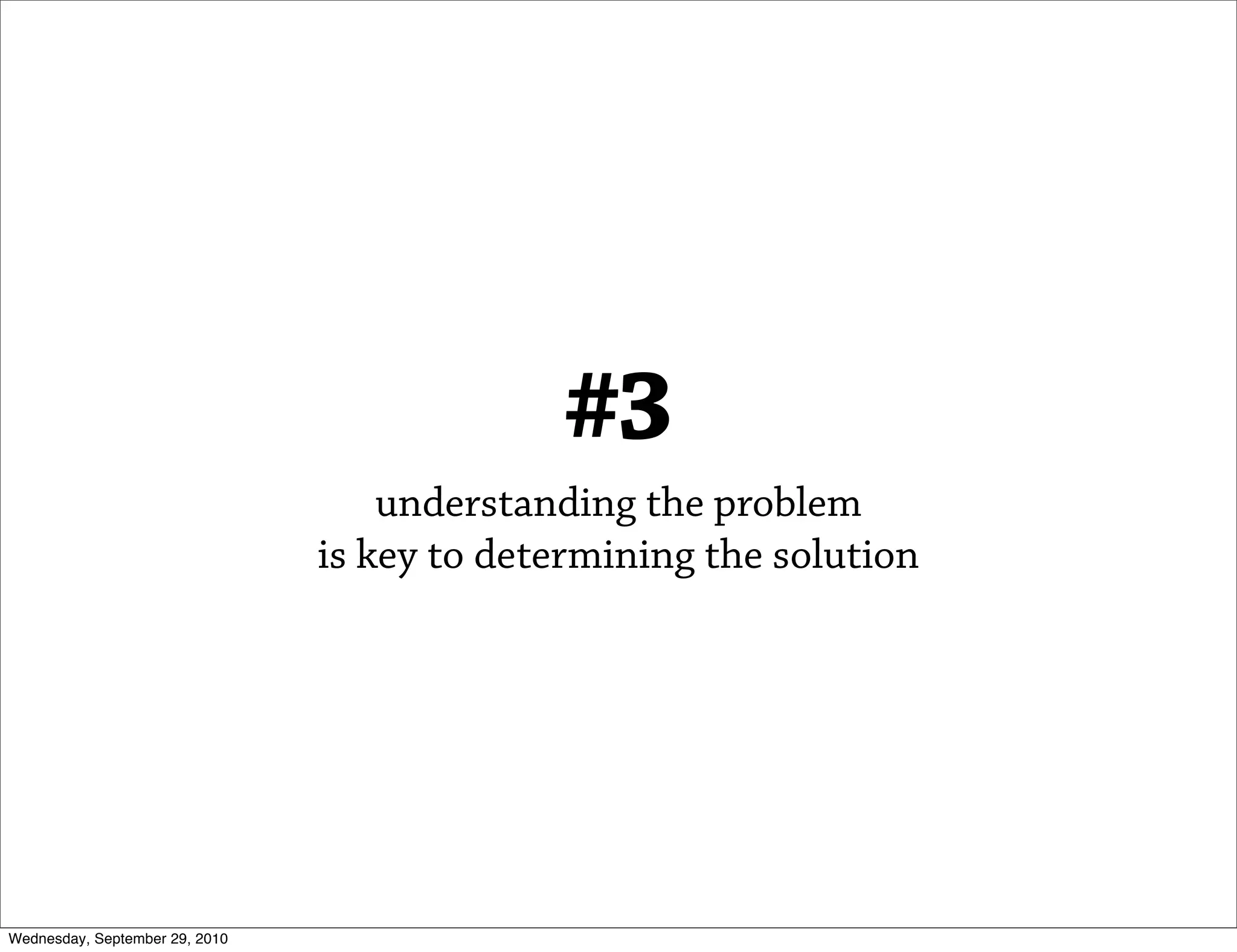
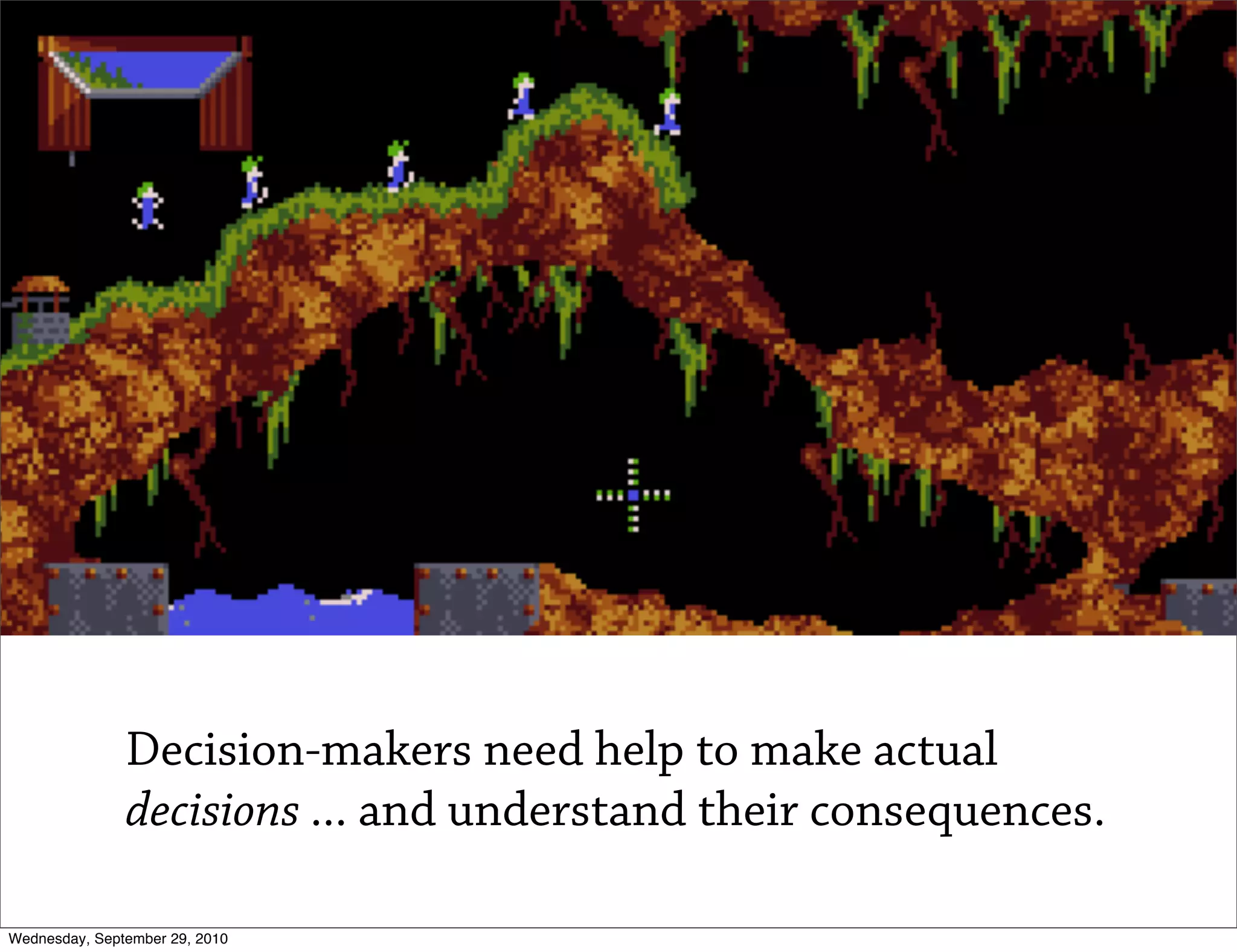
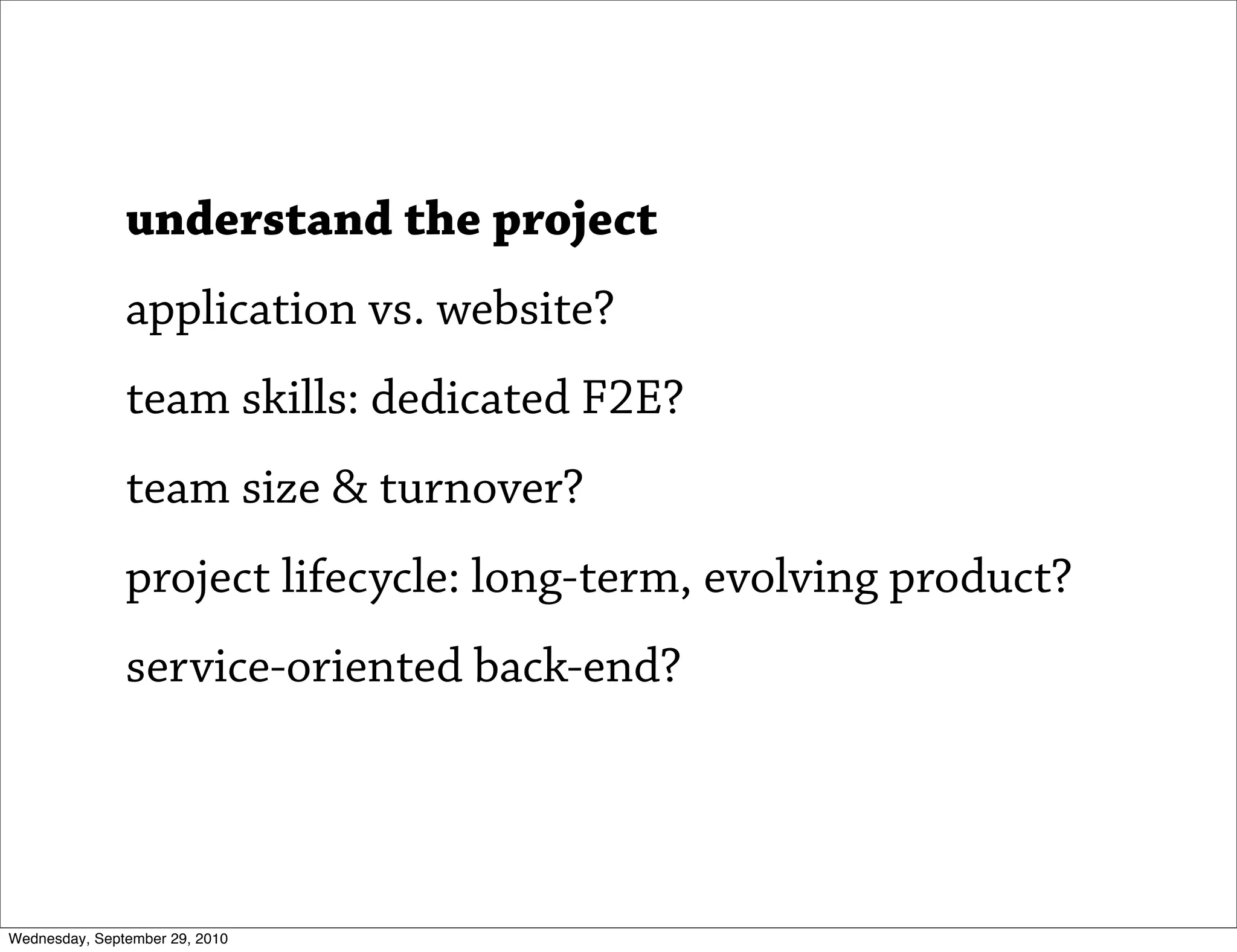

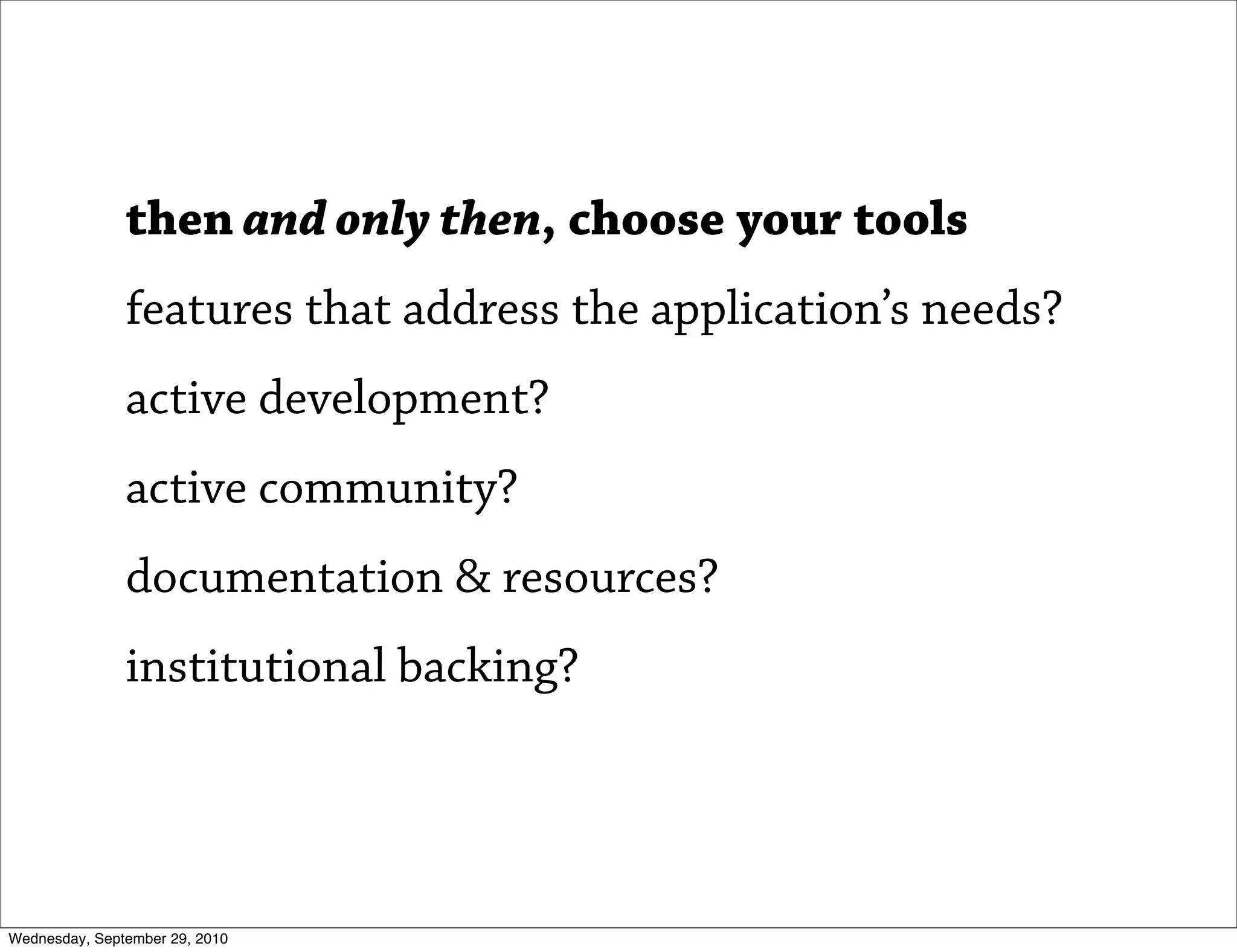
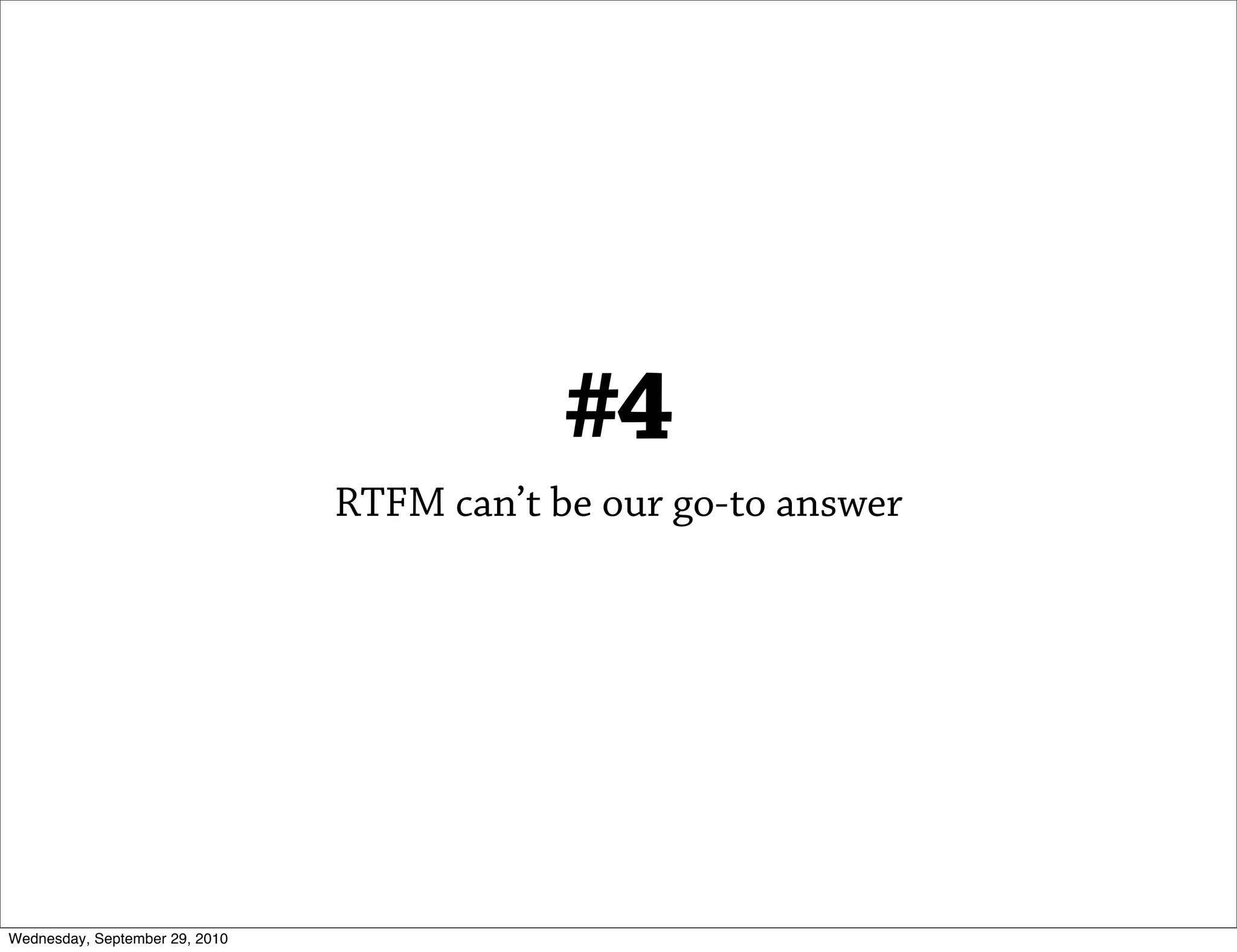
![“[It’s] a difficult time to learn to be a JavaScript
ninja, or even a JavaScript street beggar. Good
resources for getting beyond the very
basics are hard to nd, documentation is
sparse or wrong, and a snippet of code that
may have been viable last year is now an anti-
pattern.”
http://www.clientcide.com/deep-thoughts/why-its-a-good-idea-to-be-a-javascript-developer-and-what-it-takes-to-be-one/#comment-32703
Wednesday, September 29, 2010](https://image.slidesharecdn.com/jquery-divide-100925213351-phpapp01/75/The-jQuery-Divide-59-2048.jpg)
